
Throughout history, people worldwide have found solace, rejuvenation, and relaxation through various bath traditions. From cleansing rituals to therapeutic treatments, these practices make the most of the water's soothing and healing properties. In this article, we will uncover diverse cultural bath traditions that can enhance your bath relaxation routine and inspire you to create an immersive at-home spa experience.
1. Japan: Ofuro and Onsen Bath Relaxation
In Japan, bathing is more than just a hygienic practice—it's a way of life. Two types of traditional Japanese baths are the ofuro and onsen. The ofuro is a wooden bathtub found in private homes, whereas the onsen refers to natural hot springs scattered throughout the country. Both practices emphasize the importance of soaking in hot water to soothe the body, mind, and soul.
A typical ofuro experience might begin with a thorough cleansing of the body using a washcloth and soap. After rinsing, the bath ritual commences by submerging oneself in the deep, wooden soaking tub. The water temperature is usually maintained at a scalding 104°F – 112°F (40°C – 44°C), forcing the body to acclimate to the heat, promoting relaxation, and improving circulation.
Onsen are Japan's most famous hot springs, often located in picturesque settings amid mountains, forests, and coastlines. They feature natural mineral-rich waters with unique compositions, said to heal various ailments from joint pain to skin irritations. When visiting an onsen, remember to follow the strict bathing etiquettes. A tranquil soak in an onsen can bring benefits such as stress relief, detoxification, and an overall rejuvenating experience.
2. Turkey: A Journey Through Hammam Culture
The Hammam, or Turkish bath, is a traditional form of public bathing that dates back to ancient Roman and Byzantine times. However, it was the Ottomans that perfected the art of the hammam, taking a more communal and ritualistic approach. These public baths follow a strict regimen of cleansing and relaxation while maintaining a strong focus on socializing and camaraderie.
A typical hammam starts with the individual undressing and wrapping themselves in a thin cotton towel or "pestemal." They begin the process of heating their body in a warm room, the "hararet," before moving on to the "sıcaklık" or hot room. Here, attendees lie on a heated marble slab while an attendant carries out a series of ritualistic cleansing treatments. These include a full-body exfoliation using a rough cloth or "kese," a soapy massage, and a final rinse using bowls of warm water.
The experience is rounded off with a leisurely period of relaxation in the "soğukluk" or "cooling" room while sipping a revitalizing glass of tea or fresh fruit. The hammam encourages personal connections and social bonding, serving as a harmonious oasis amidst the hustle and bustle of daily life.
3. Ancient Rome: The Land of Thermae and Balneae
The Romans took their bathing habits seriously, evidenced by the grandiose public bath structures known as "thermae" or "balneae." Incorporating various sections, these baths offered a multistep relaxation process that emphasized both purification and social interaction.
Visitors began by undressing in the "apodyterium" before proceeding to the "tepidarium," a warm room to acclimate the body to the baths' temperatures. Here, the bathers would often receive massages and exfoliation treatments to loosen up the muscles and release tension. Following this, they entered the "caldarium," a steamy chamber with heated floors designed to promote sweating and open pores. After the intense heat of the caldarium, bathers dipped themselves in the "frigidarium," the cold room, to close the pores and invigorate the body.
The Roman bath experience also included exercise rooms, libraries, and gardens, all designed to deliver soothing experiences and promote social mingling. Although the reign of the Roman Empire has long passed, their baths' remains continue to intrigue tourists, and their influence can still be observed in modern-day spa culture.
4. Scandinavia: The Sauna Experience for Ultimate Relaxation
Originating in Finland over two thousand years ago, the sauna tradition has spread throughout Scandinavia and other parts of the world. A sauna is a small, wooden room heated with a stove containing stones, which, when splashed with water, releases a steam that envelops the room.
Traditionally built near a lake or a river, a sauna session involves periods of bathing in the dry heat, typically between 160°F – 200°F (70°C – 93°C), followed by a refreshing plunge into the cold water. For an authentic experience, bathers may also use "vasta" or "vihta"—fresh birch branches—to gently tap the skin, stimulating blood flow and releasing fragrant oils. The contrast in temperatures promotes circulation, detoxification, and deep relaxation.
The sauna culture encourages discussions, bonding, and much-needed downtime from the rigors of daily life, making it a key element of Scandinavian relaxation rituals.
Embrace Cultural Bath Traditions for Ultimate Relaxation
By drawing inspiration from these soothing bath practices around the world, you can enrich your own bath relaxation routine and elevate your bathing experience. Check out our luxury bath pillows and other accessories to create a perfect oasis for relaxation at Efforest.com.
Frequently Asked Questions: Delving Deeper into Bath Rituals
What are the benefits of bath rituals?
Bath rituals provide numerous physical and mental health benefits. These include:
- Stress relief: Soaking in warm water relaxes the muscles and reduces stress, helping to alleviate daily tension.
- Improved circulation: The heat from the bath can help increase blood flow and improve circulation.
- Detoxification: Sweating during a bath can help to eliminate toxins from your body.
- Pain relief: Warm water can help to soothe sore muscles and joints, providing relief from pain and discomfort.
- Skincare: Many bath rituals involve exfoliation, which helps rejuvenate the skin and remove dead cells.
- Mindfulness practice: Bath rituals provide an opportunity to practice mindfulness and focus on the present moment, leading to enhanced relaxation and tranquility.
Why is bathing important in Japanese culture?
Bathing is essential in Japanese culture for several reasons:
- Spiritual purification: Bathing is believed to cleanse not only the body but also the spirit by washing away impurities.
- Health benefits: Soaking in hot water promotes relaxation, improves circulation, and relieves pain and stress.
- Social bonding: Visiting an onsen or taking part in a bath ceremony allows friends and families to connect and bond in a serene atmosphere.
- Appreciation of nature: Baths, such as the onsen, often embrace natural settings, fostering an appreciation of nature's beauty and revitalization.
Why do Japanese people bathe together?
Japanese people often bathe together for several reasons:
- Communal bonding: Bathing together encourages social interactions and friendship, fostering a sense of community and togetherness.
- Cultural tradition: Group bathing is an ingrained aspect of Japanese culture, passed down through generations and instilled from a young age.
- Relaxation: Sharing a bath allows individuals to unwind, share conversations, and fully enjoy the soothing benefits of warm water together.
How do you use a traditional Japanese bath?
Here is a step-by-step guide on using a traditional Japanese bath, specifically the ofuro:
- Undress and leave your belongings in a designated area outside the bath.
- Rinse your body using a wash basin, taking care to clean every inch of your skin.
- Using a washcloth and soap, thoroughly cleanse your body while sitting on a stool. Ensure all soap is rinsed off before entering the tub.
- Slowly immerse yourself in the hot water, allowing your body to adjust to the temperature.
- Soak in the tub for 15-30 minutes, enjoying the tranquility and heat.
- When ready, carefully step out of the tub and dry off using a clean towel.
- Get dressed and return to your daily activities, feeling revitalized and refreshed.




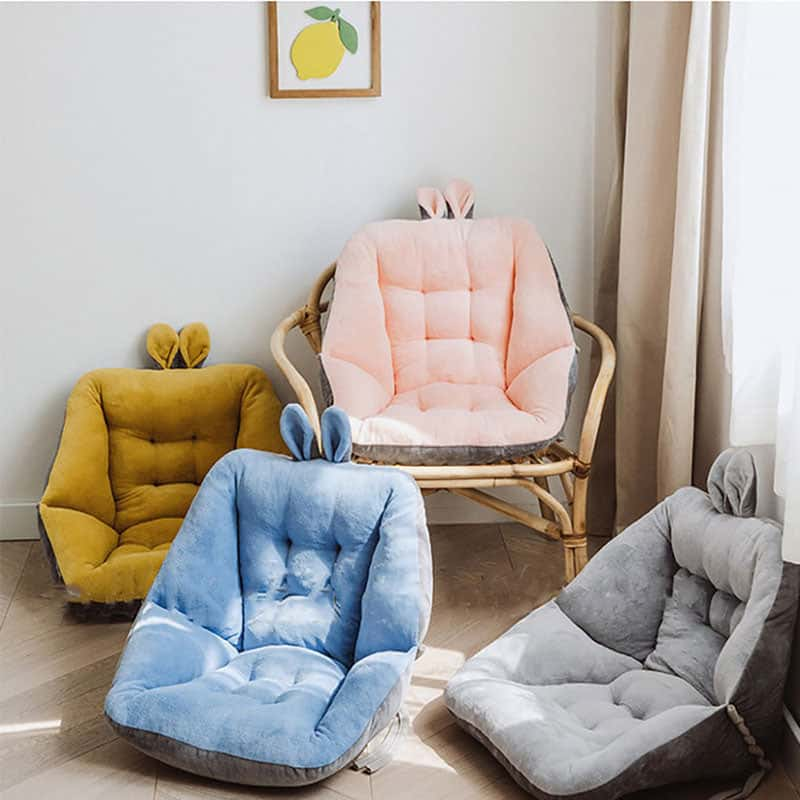

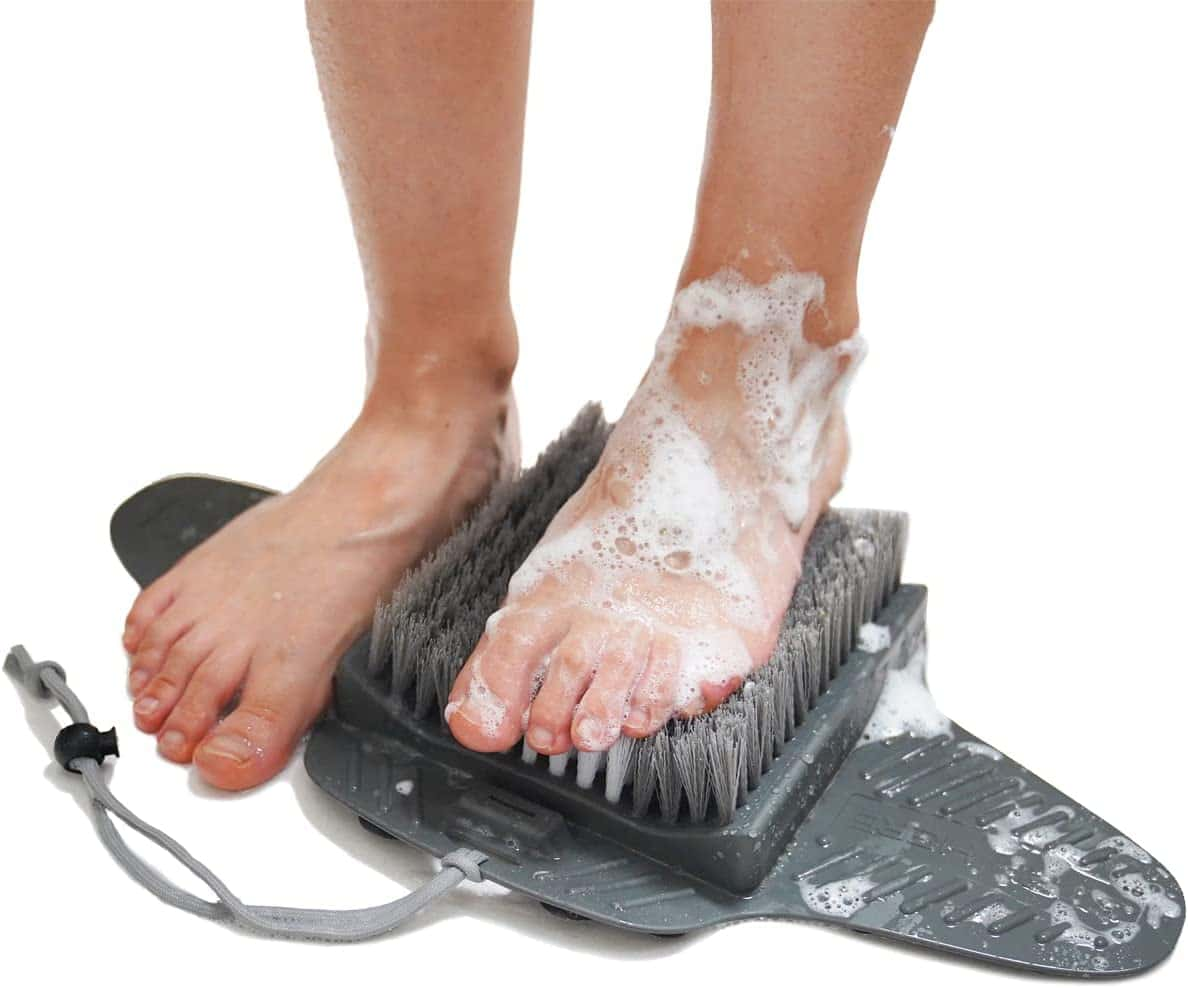

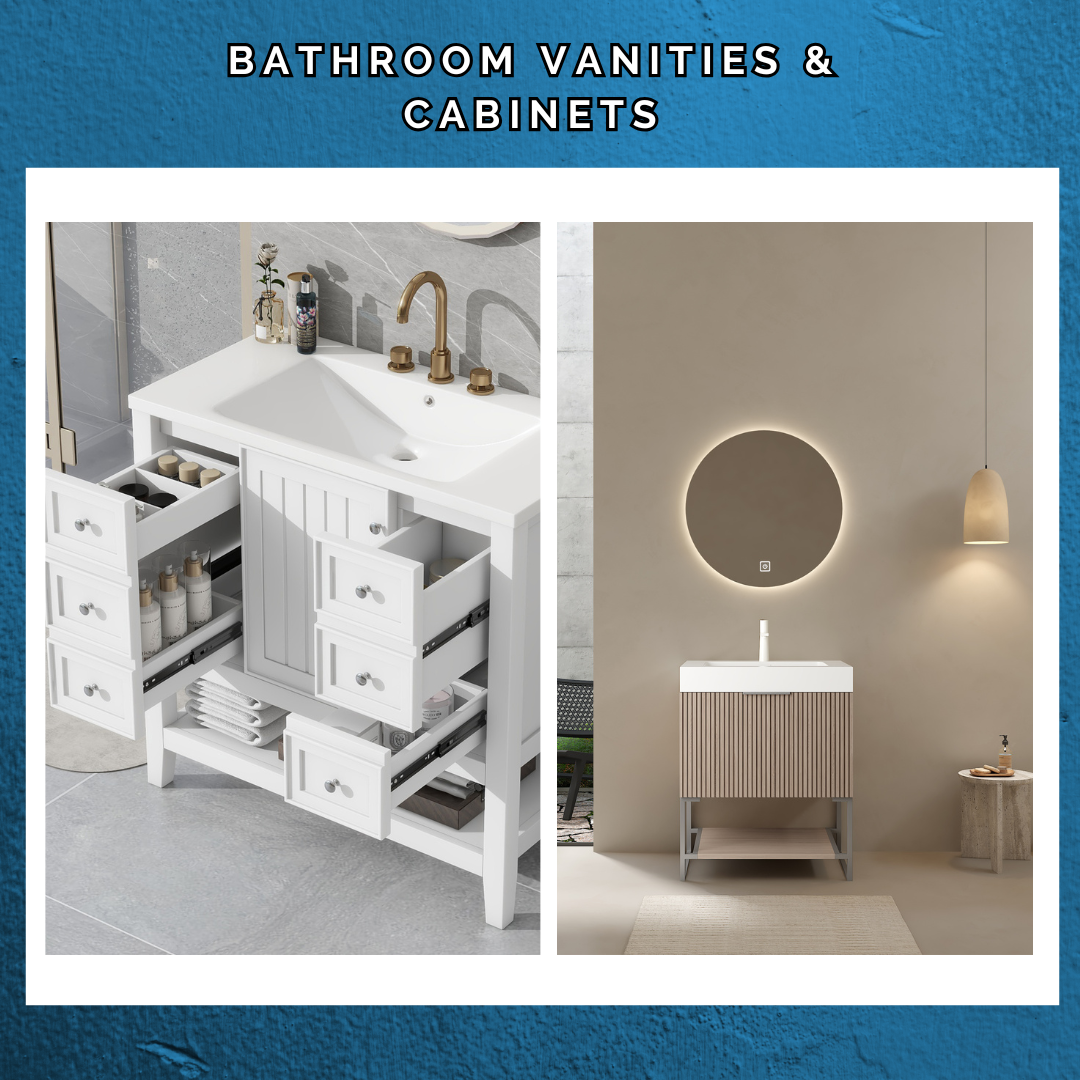
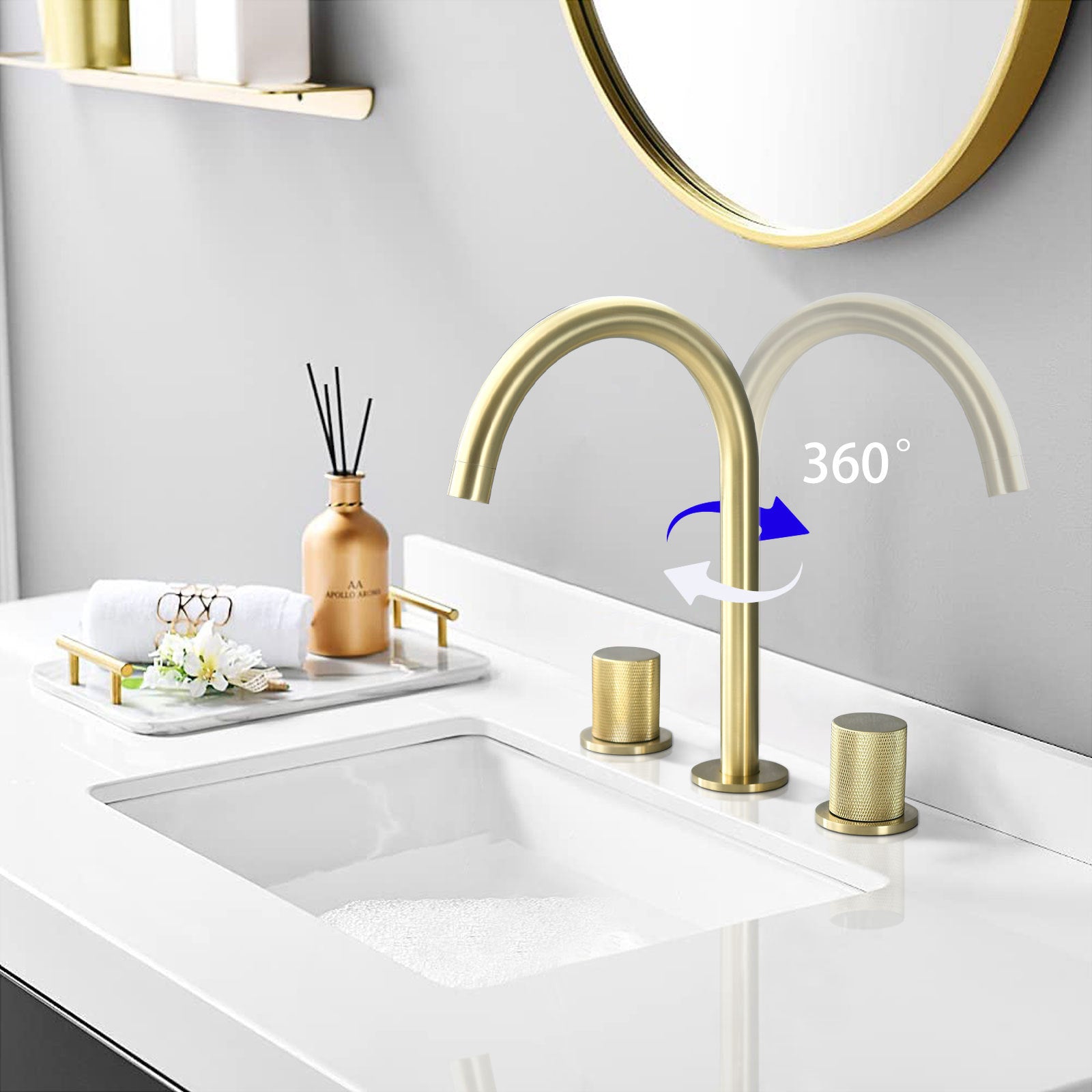
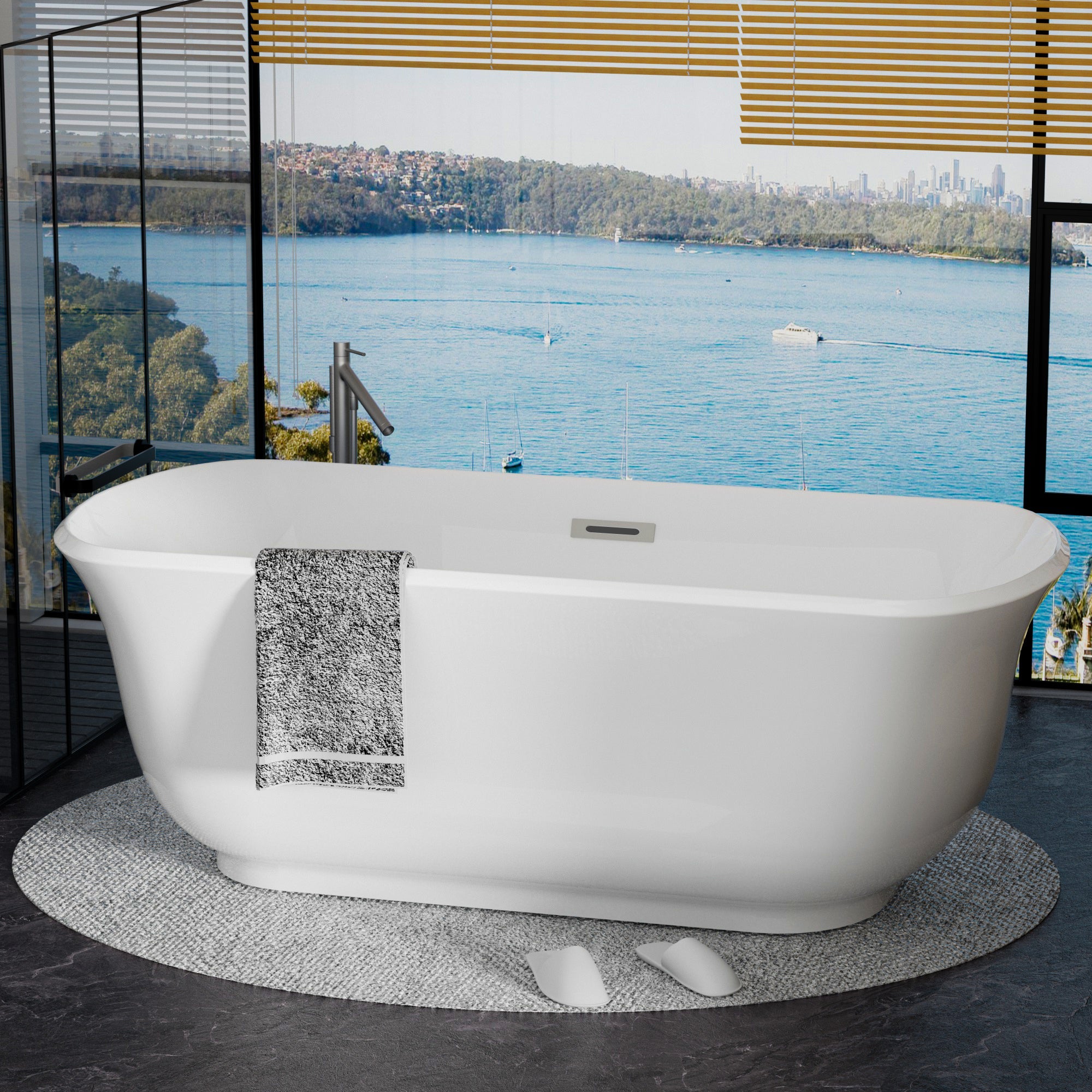


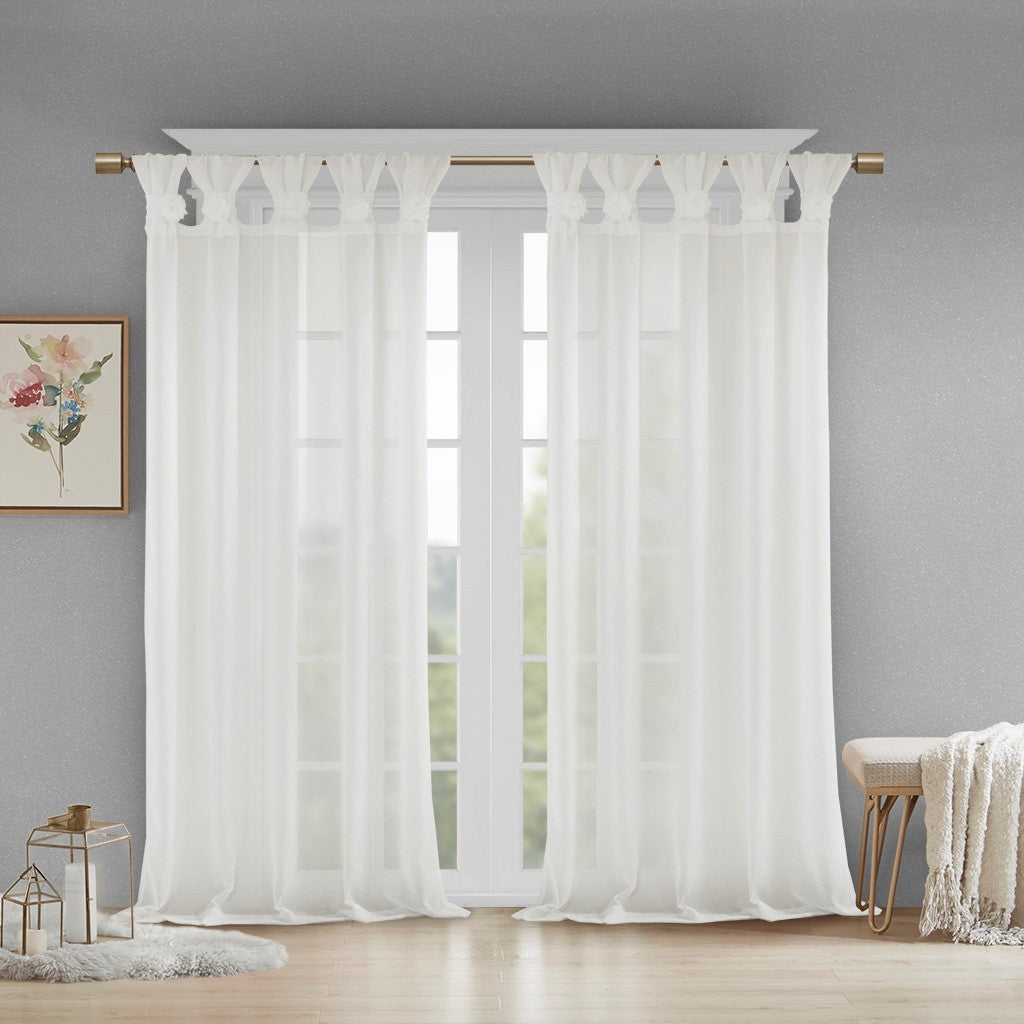
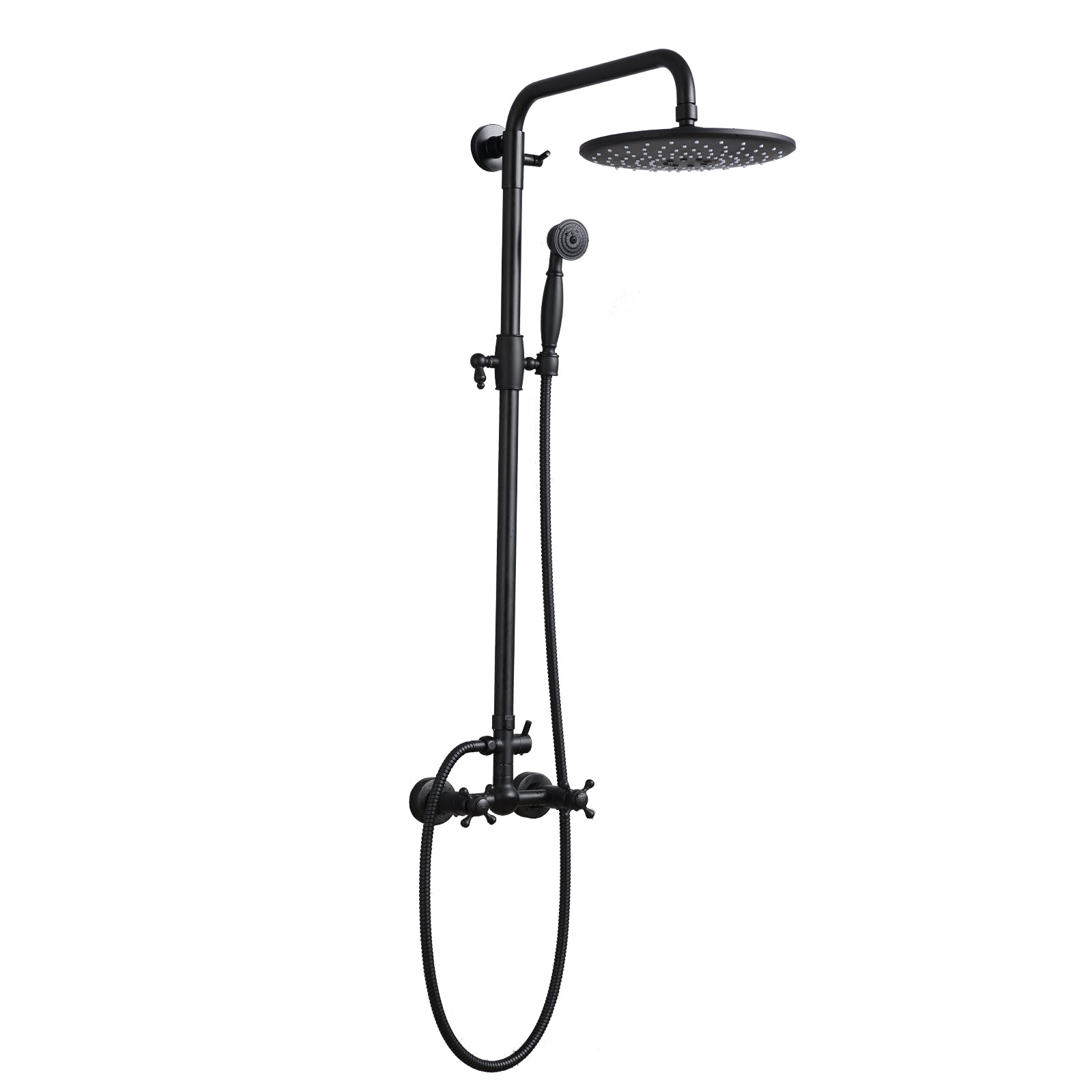

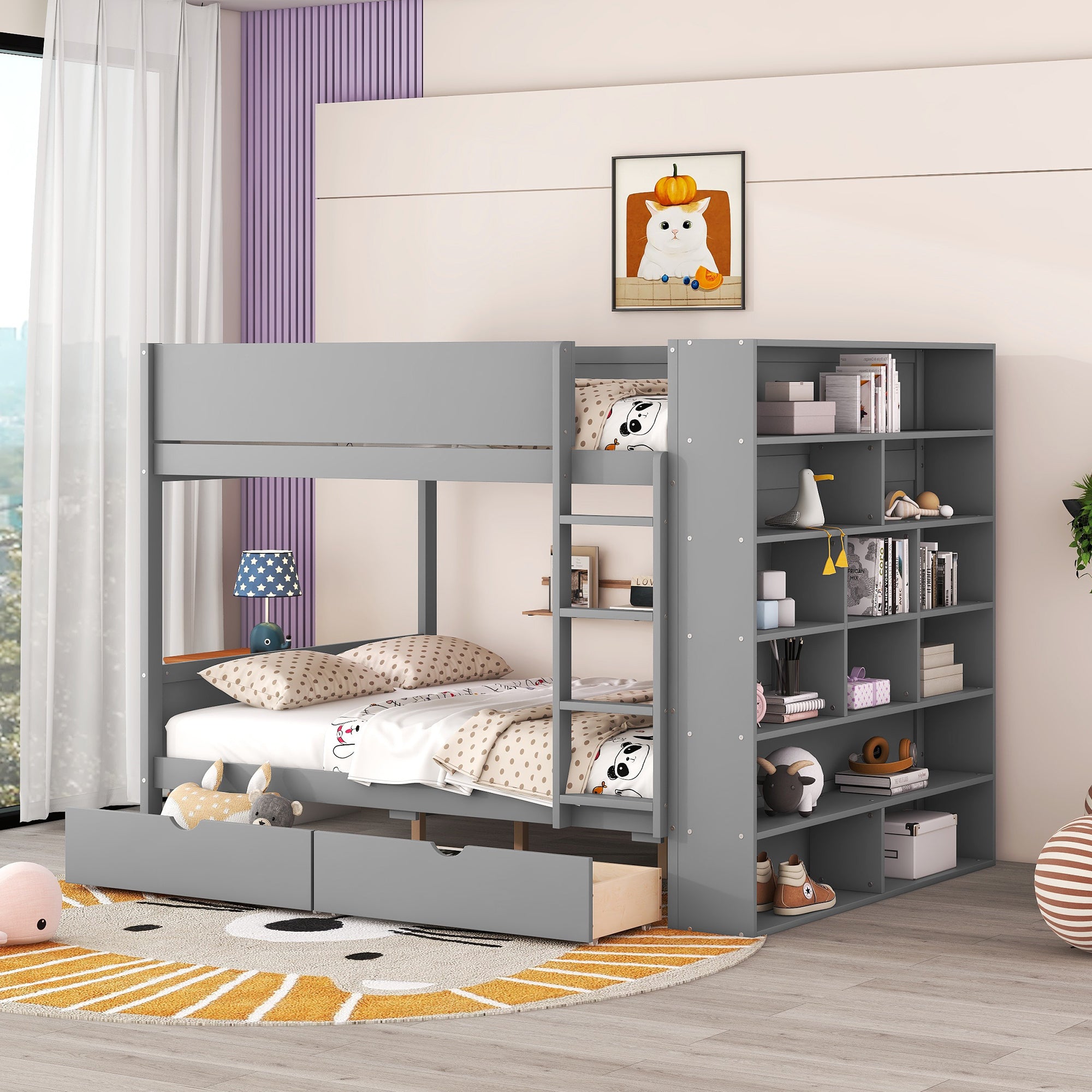

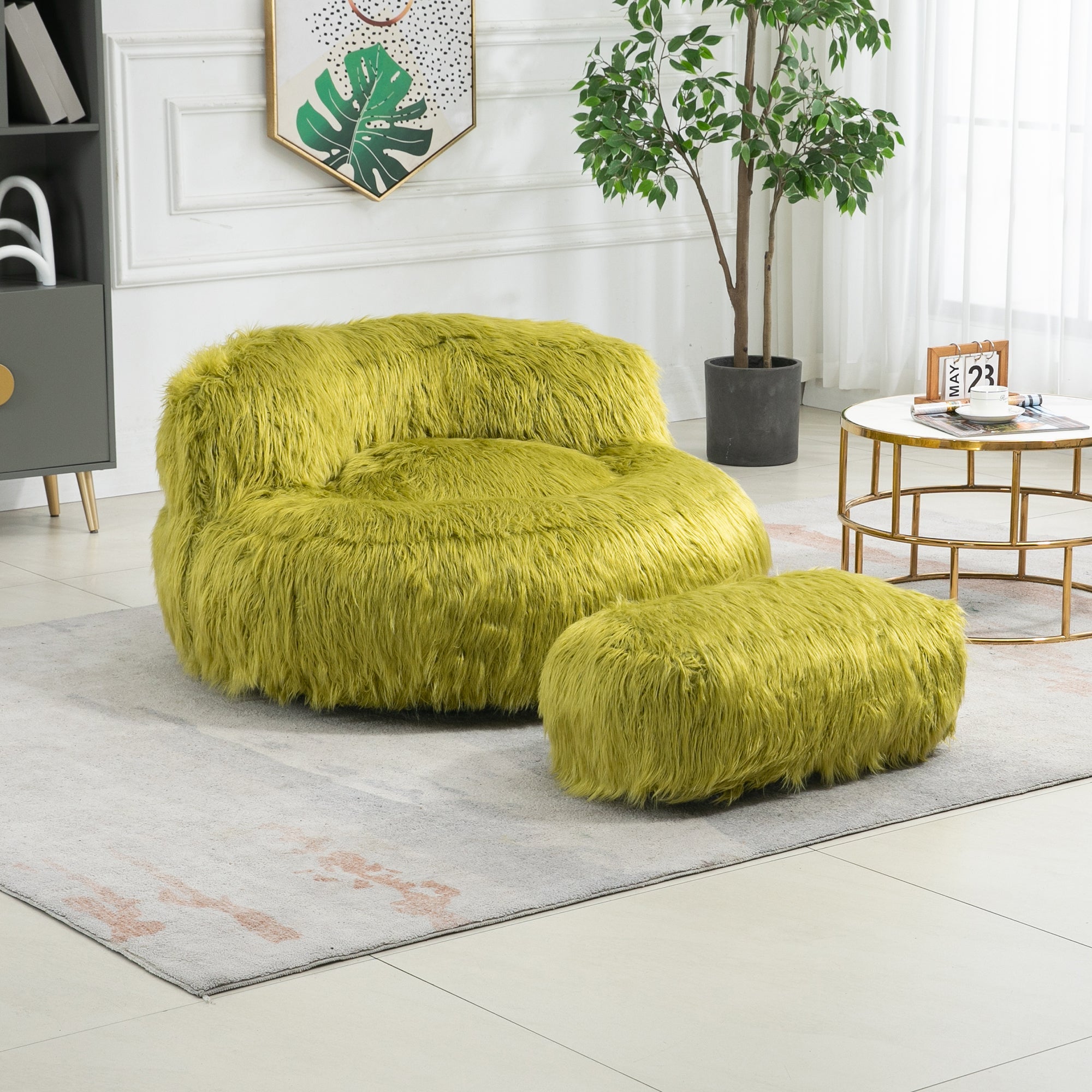
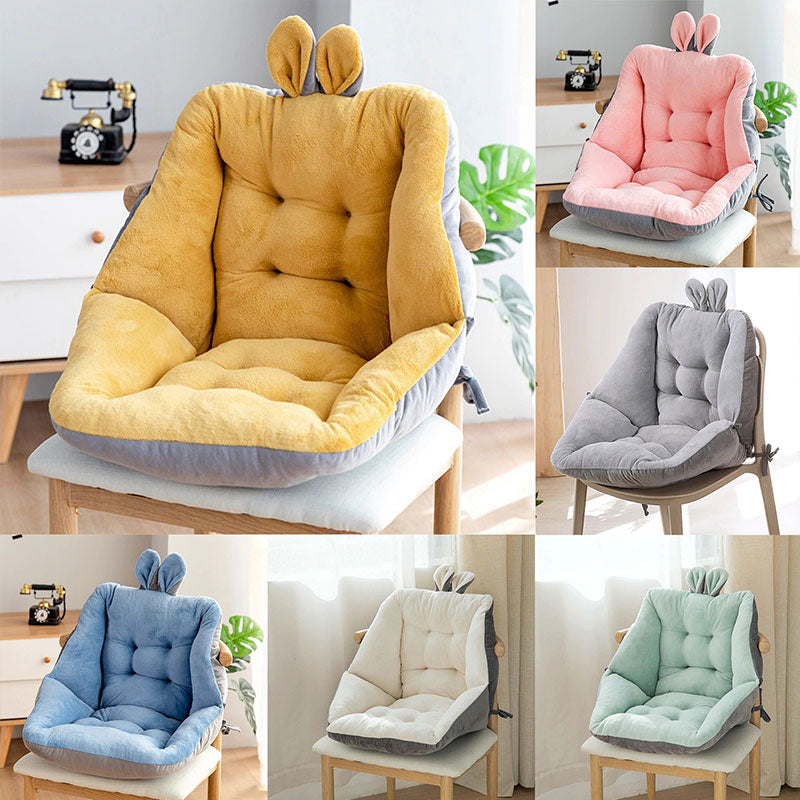

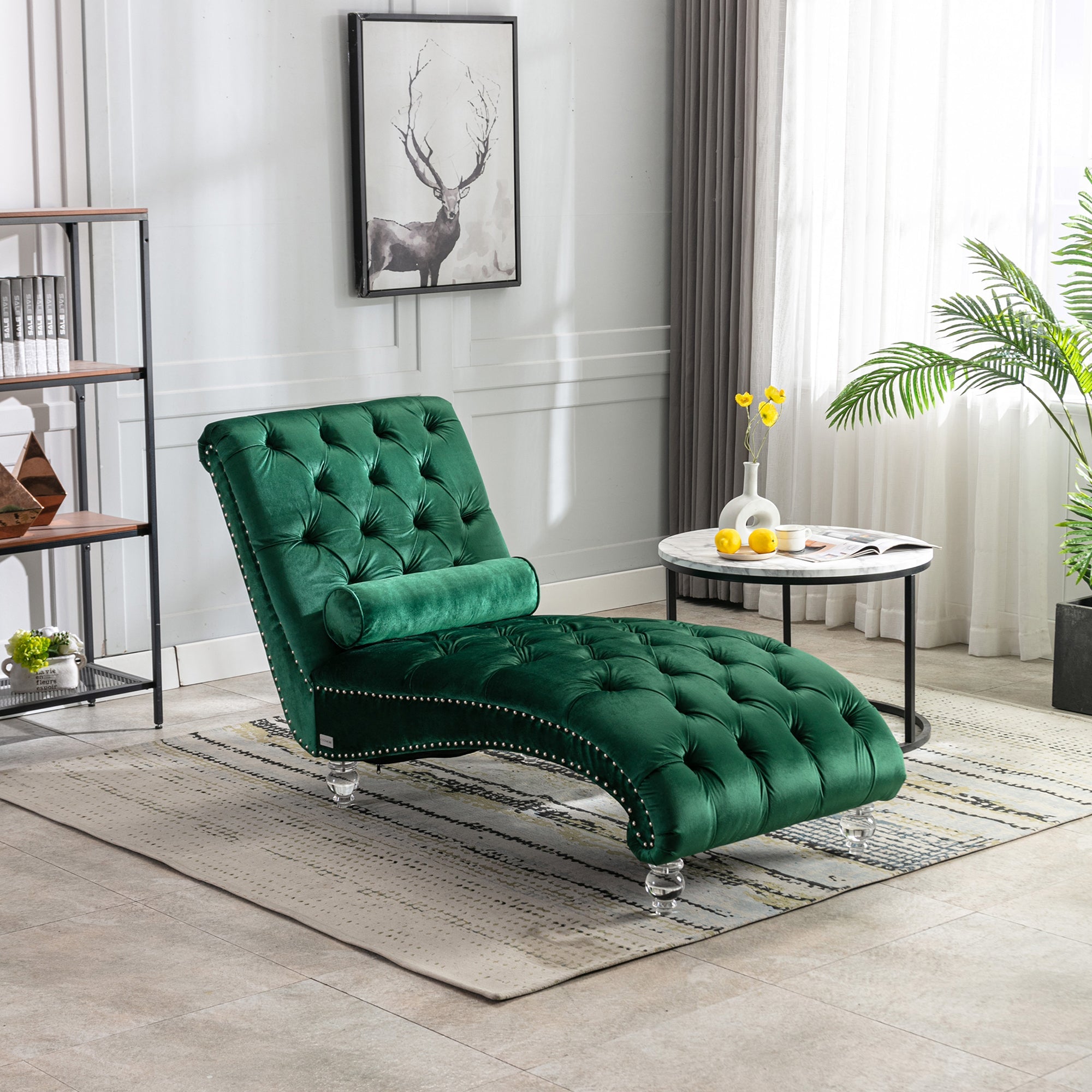

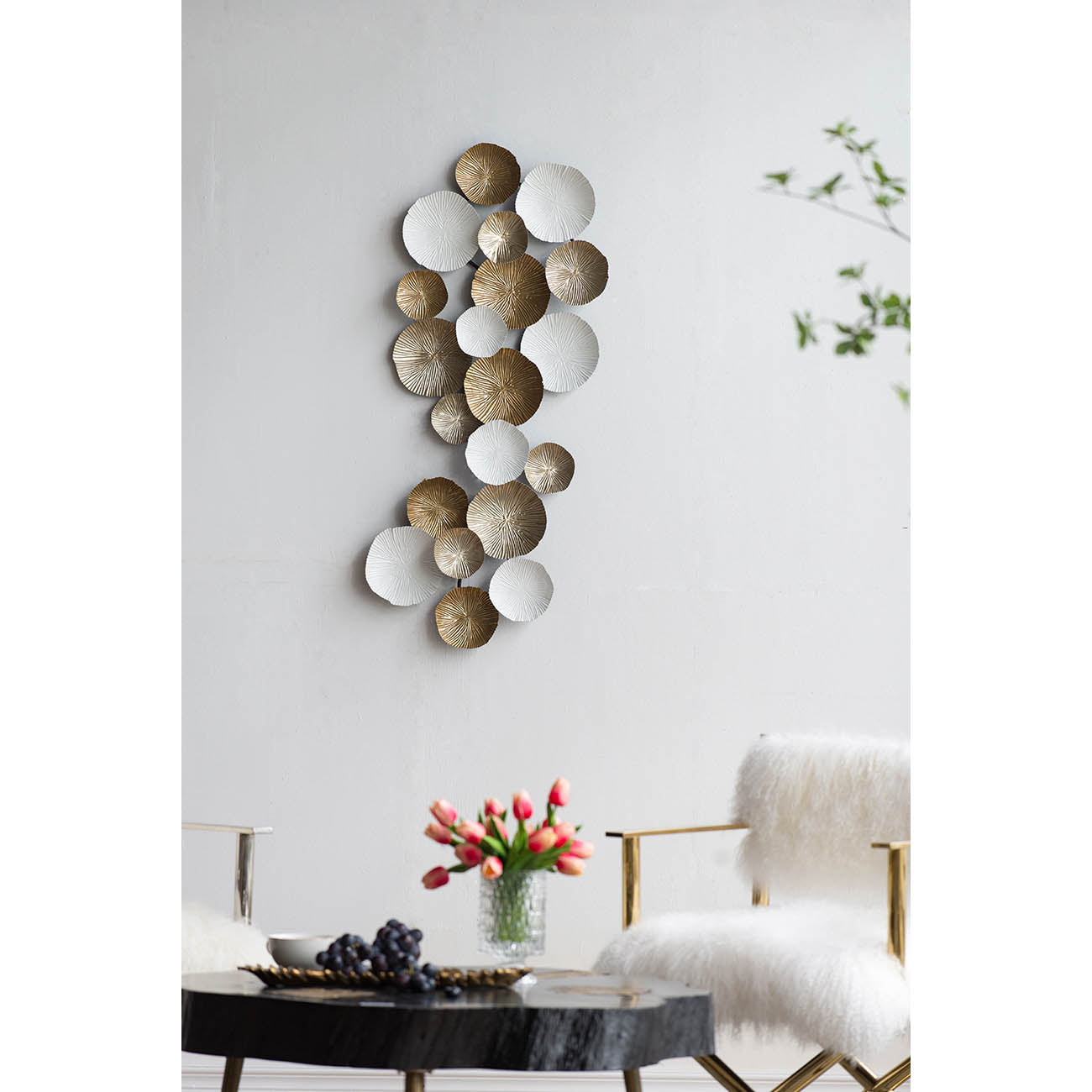
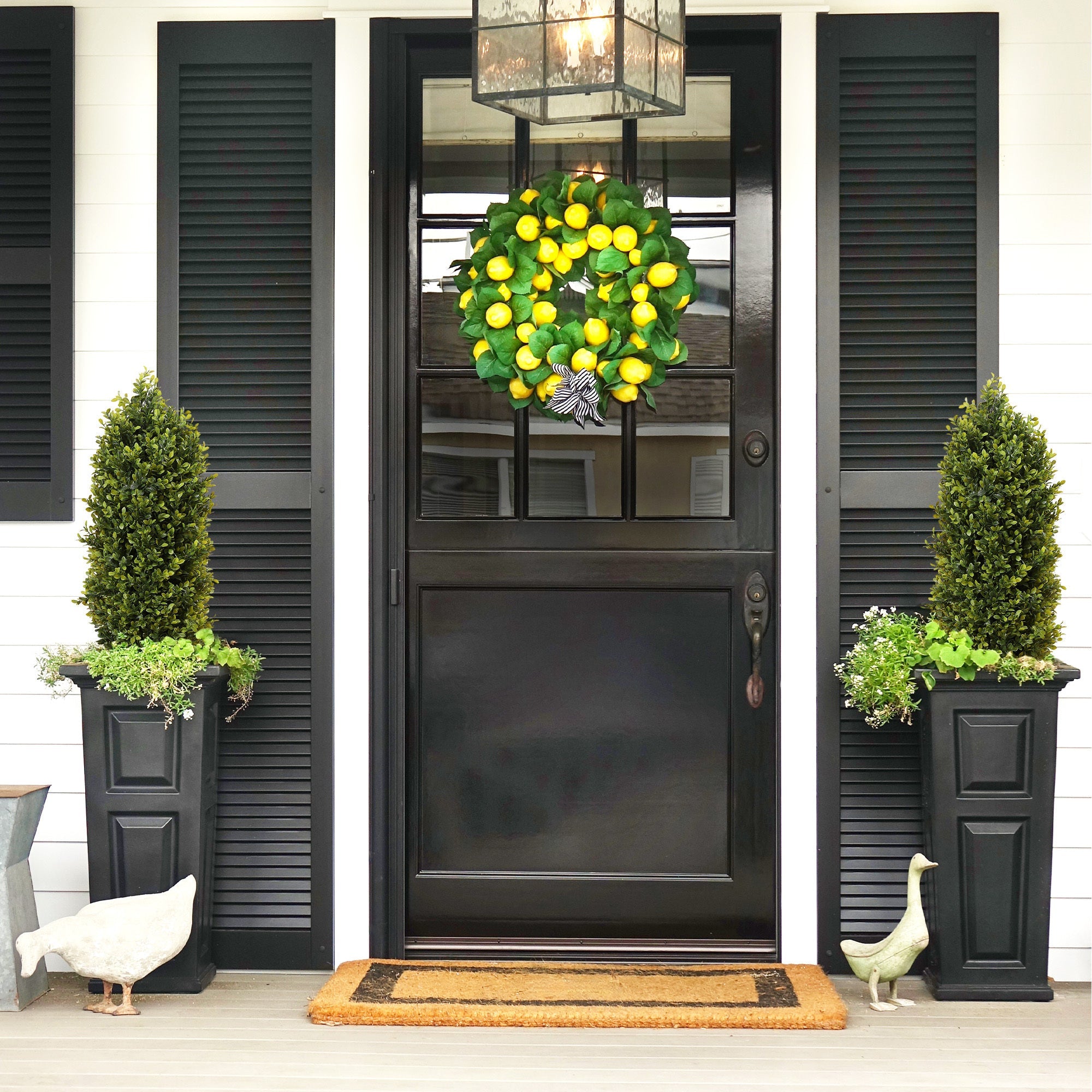
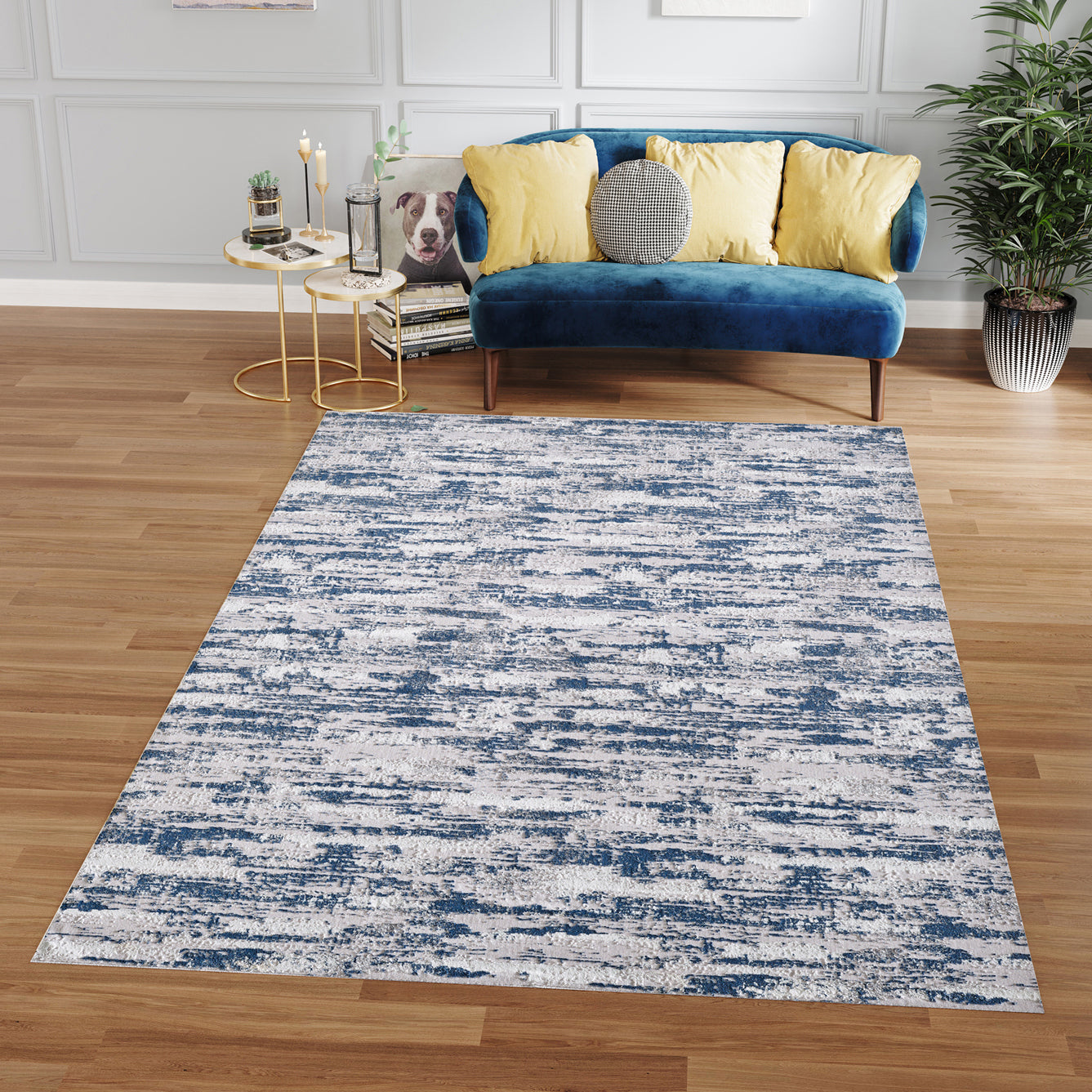
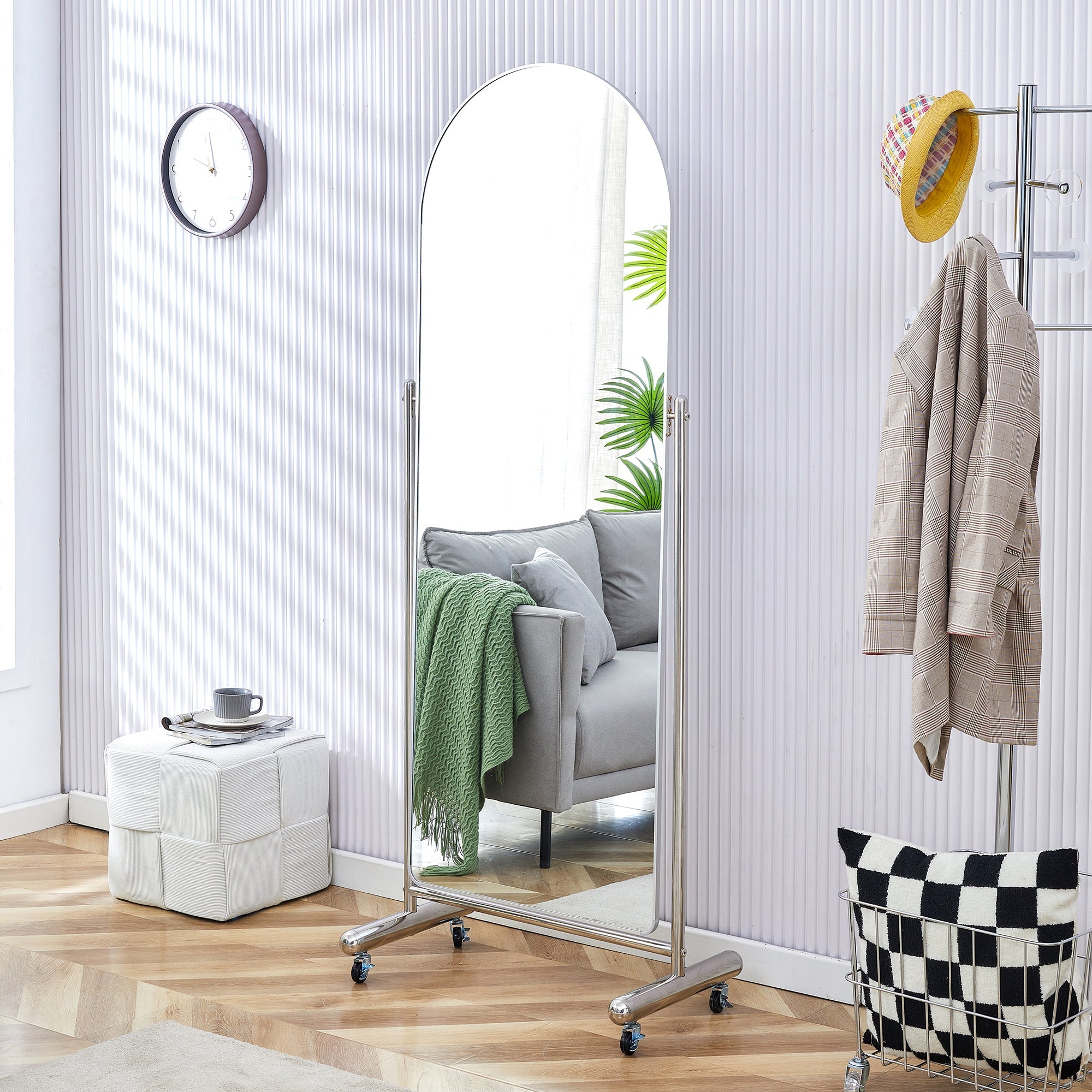
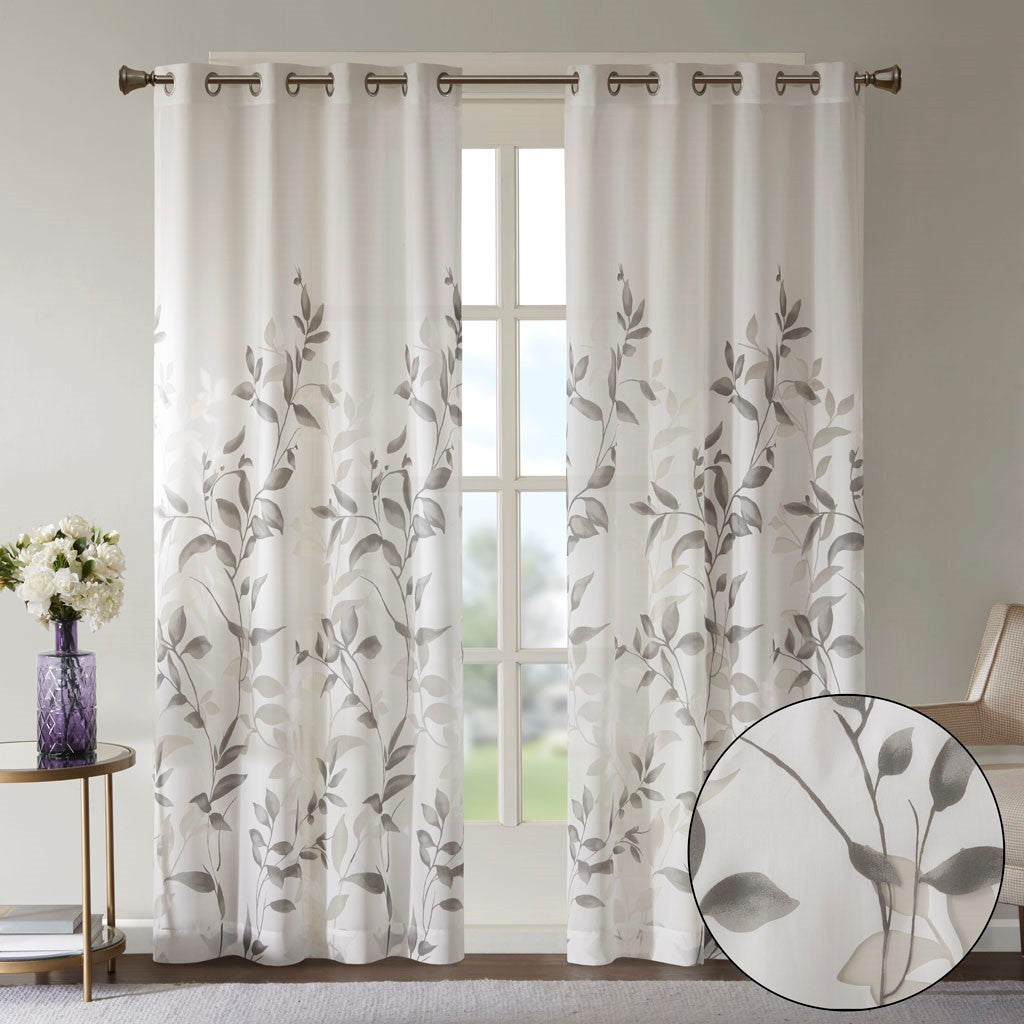

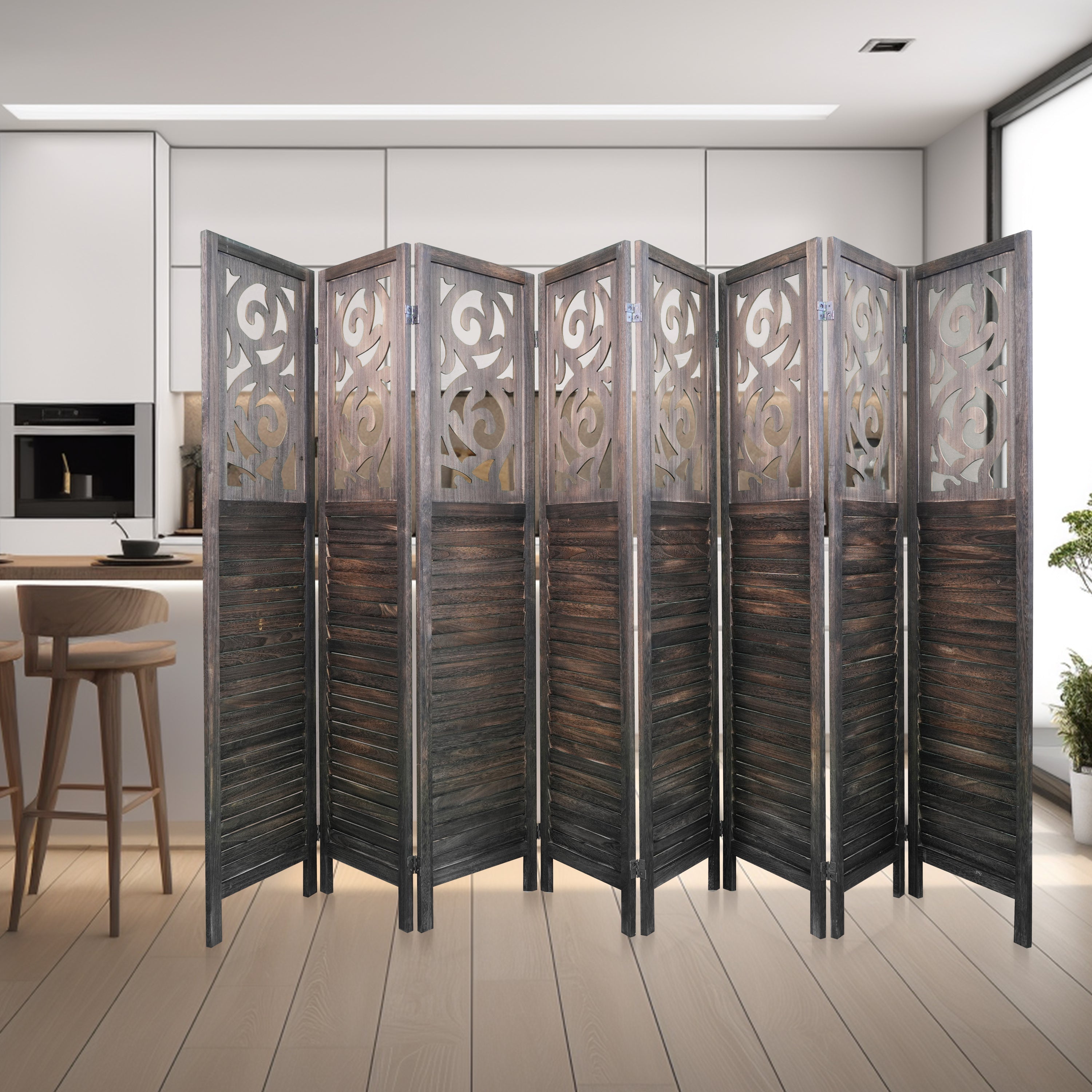
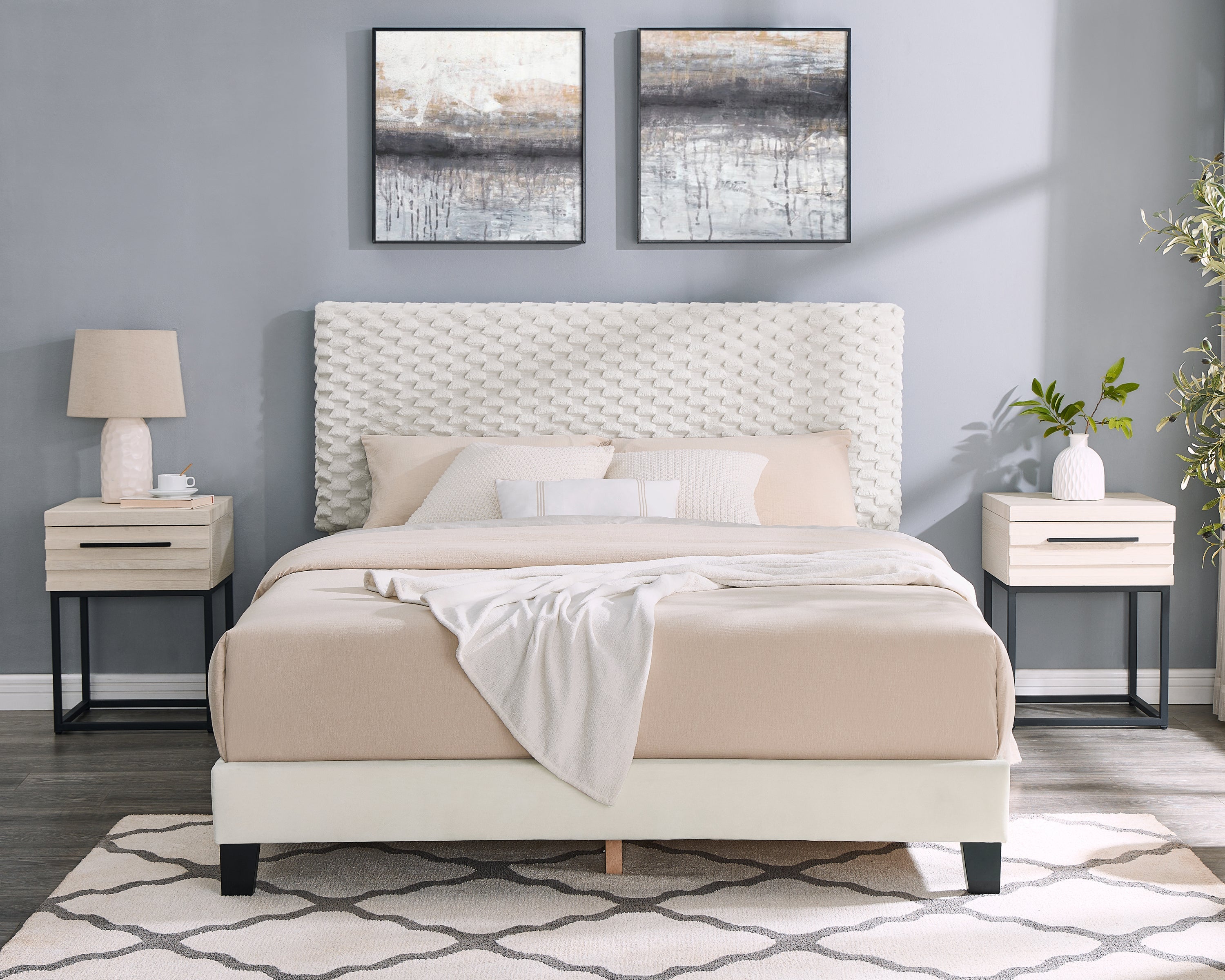

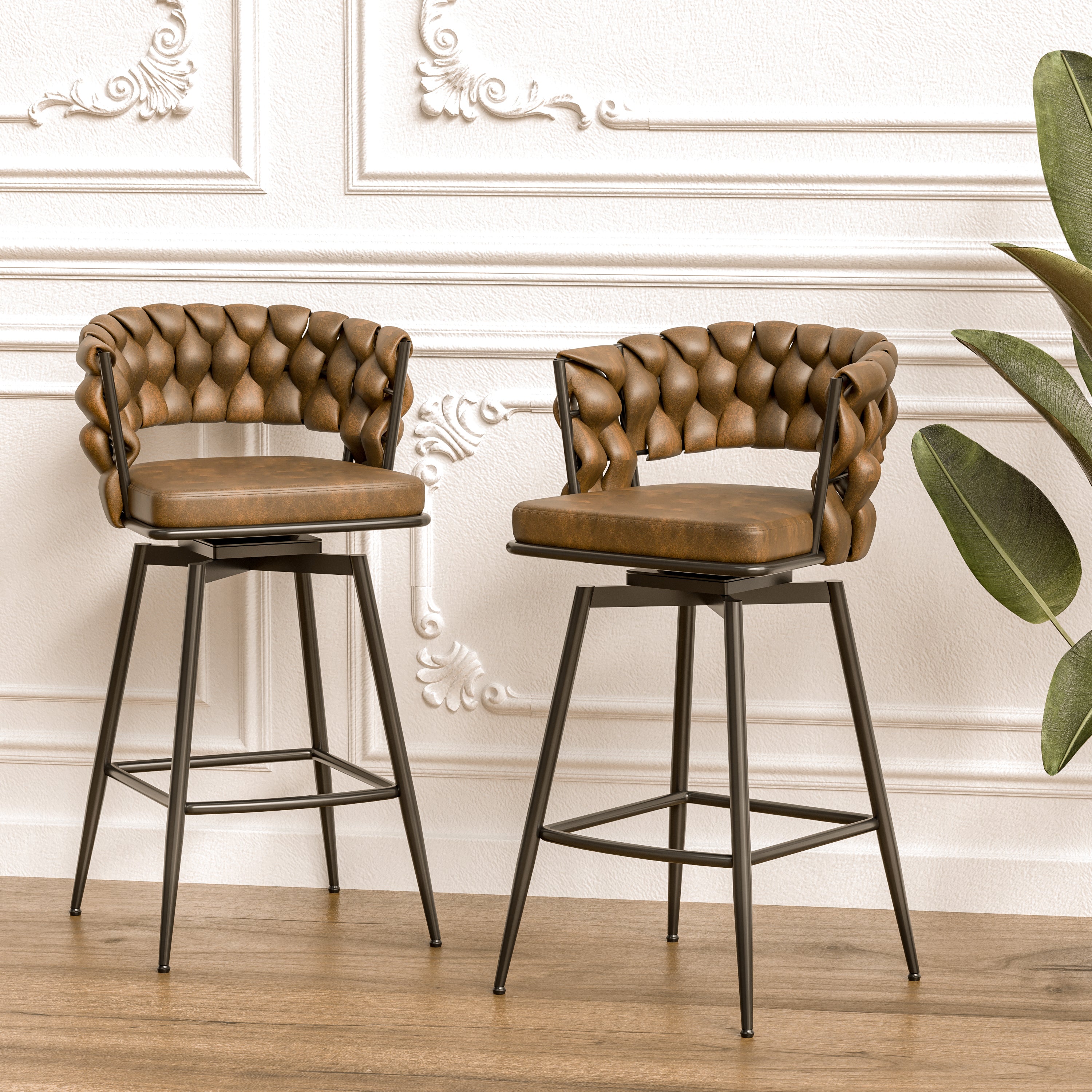

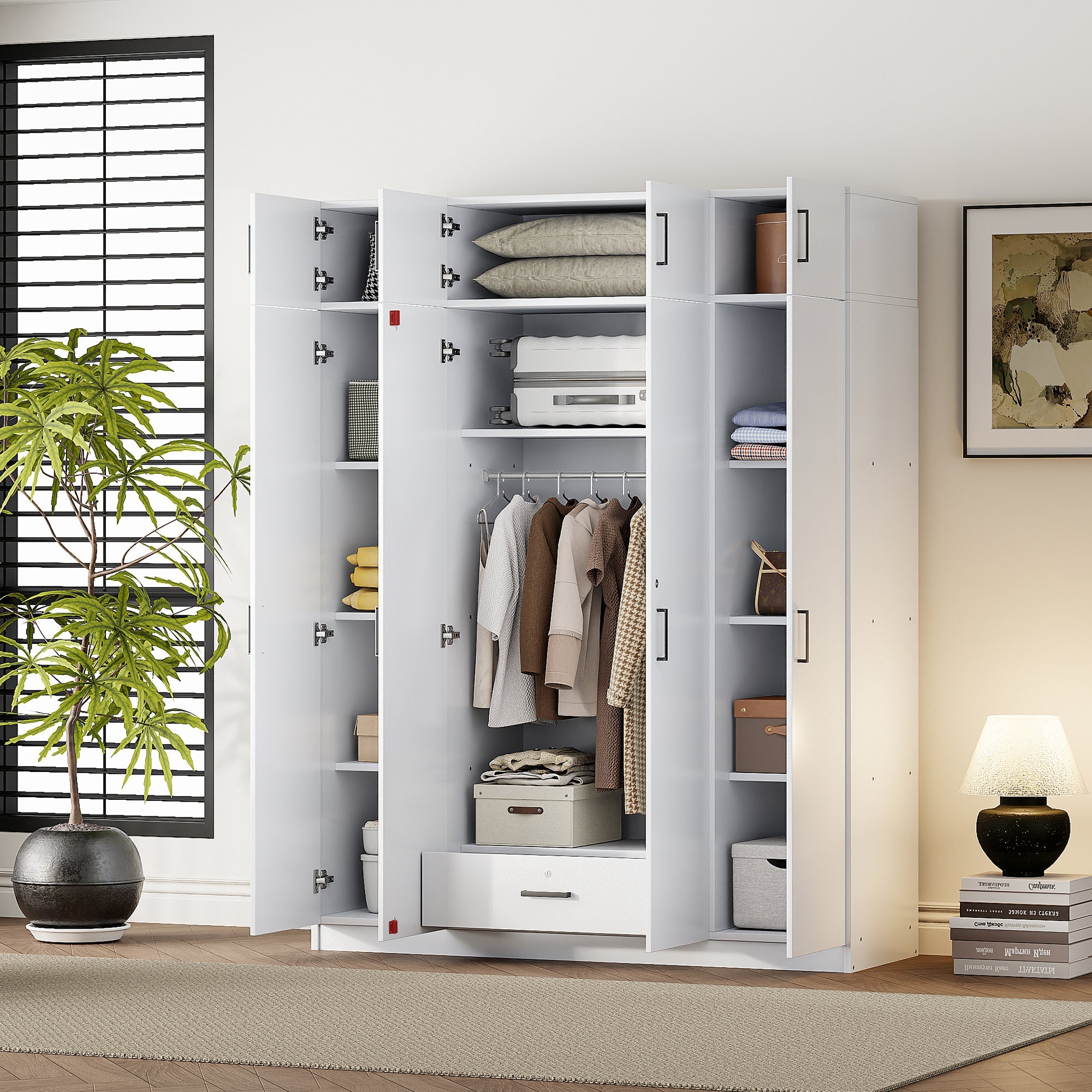
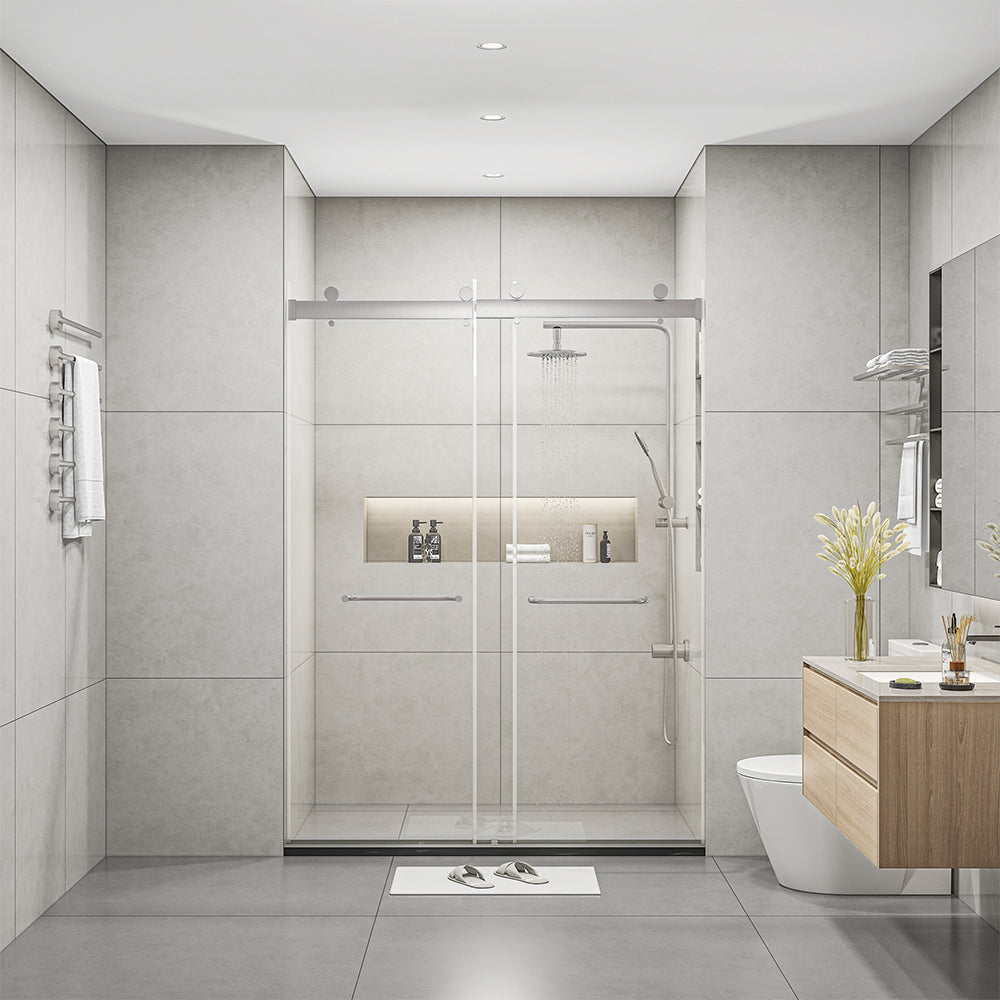
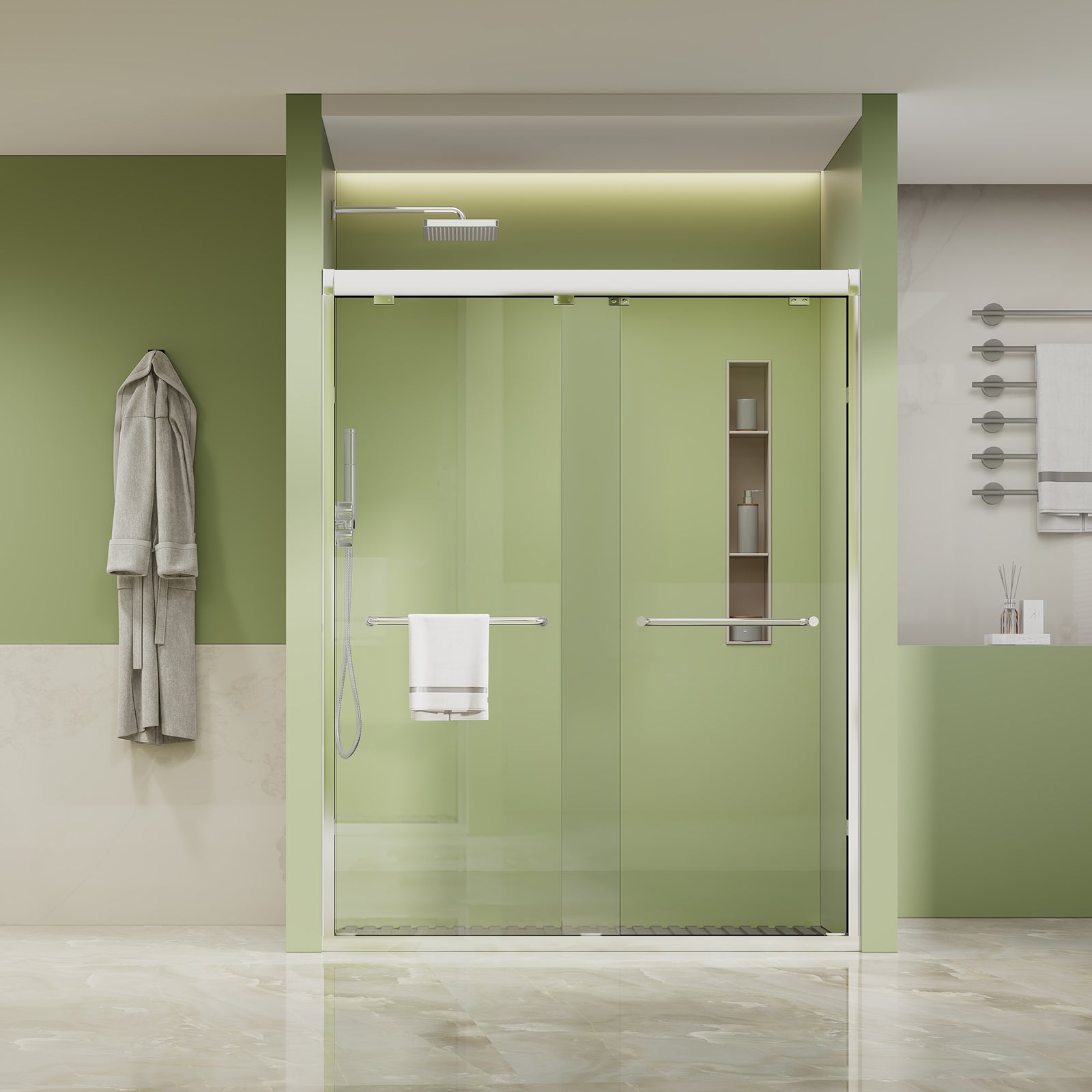
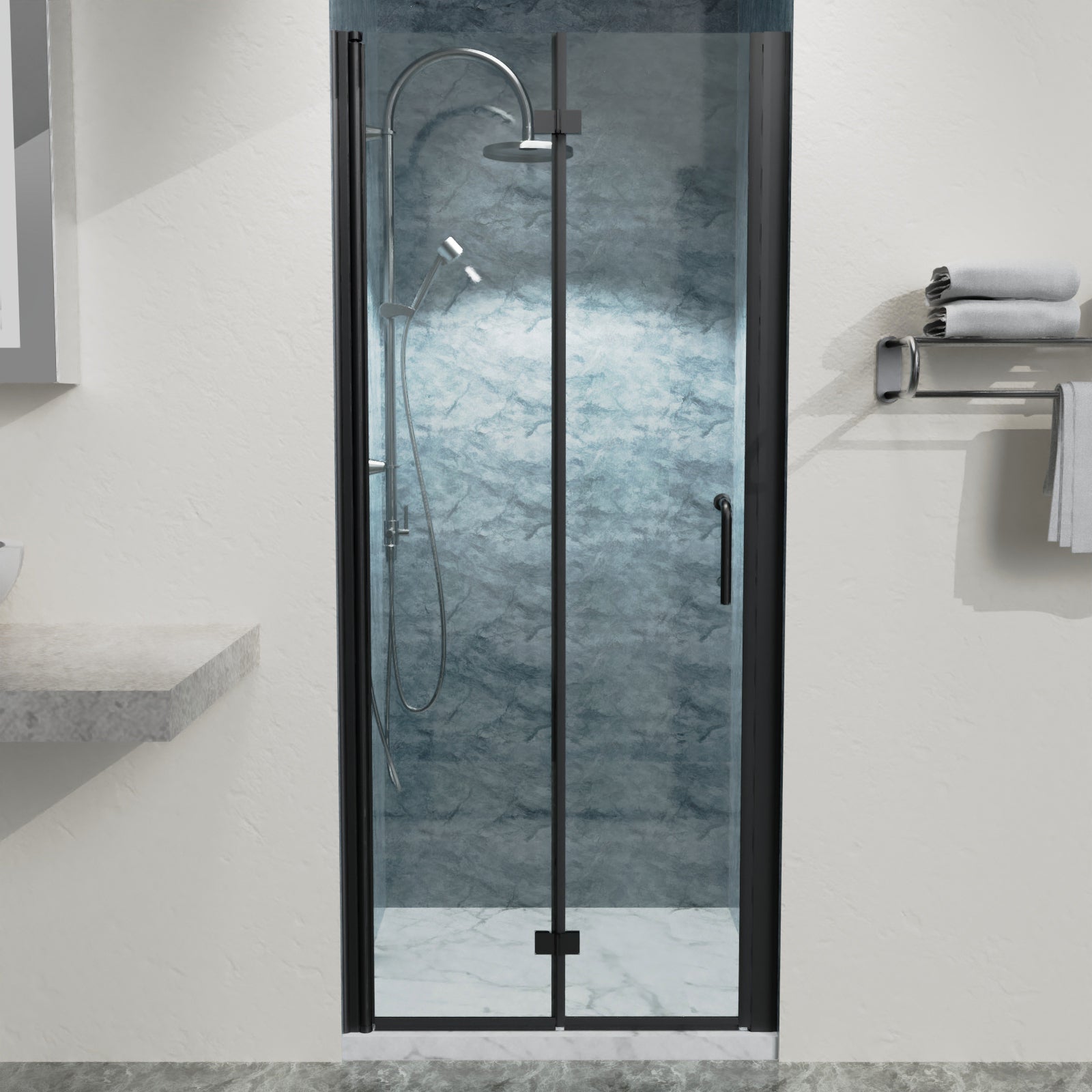
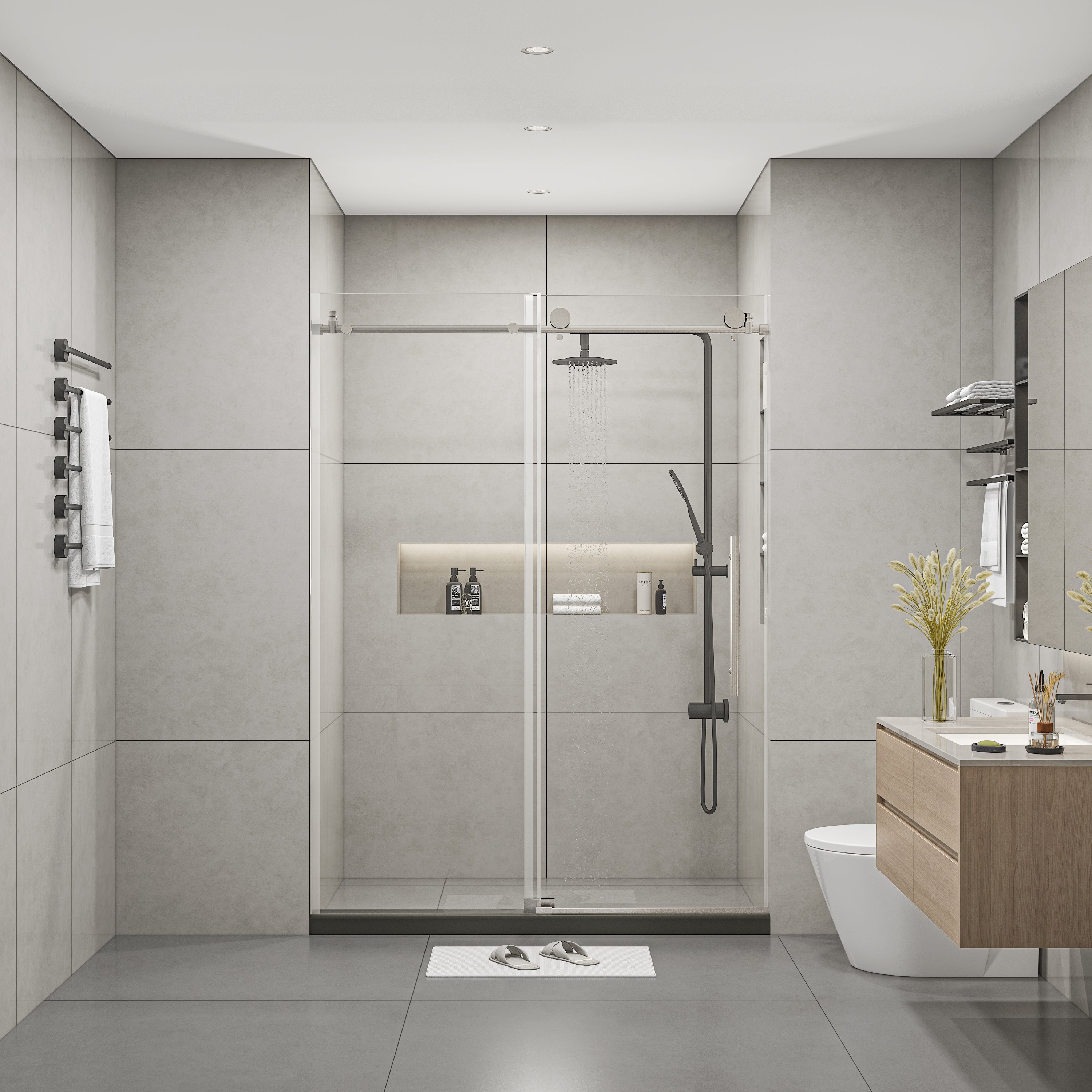



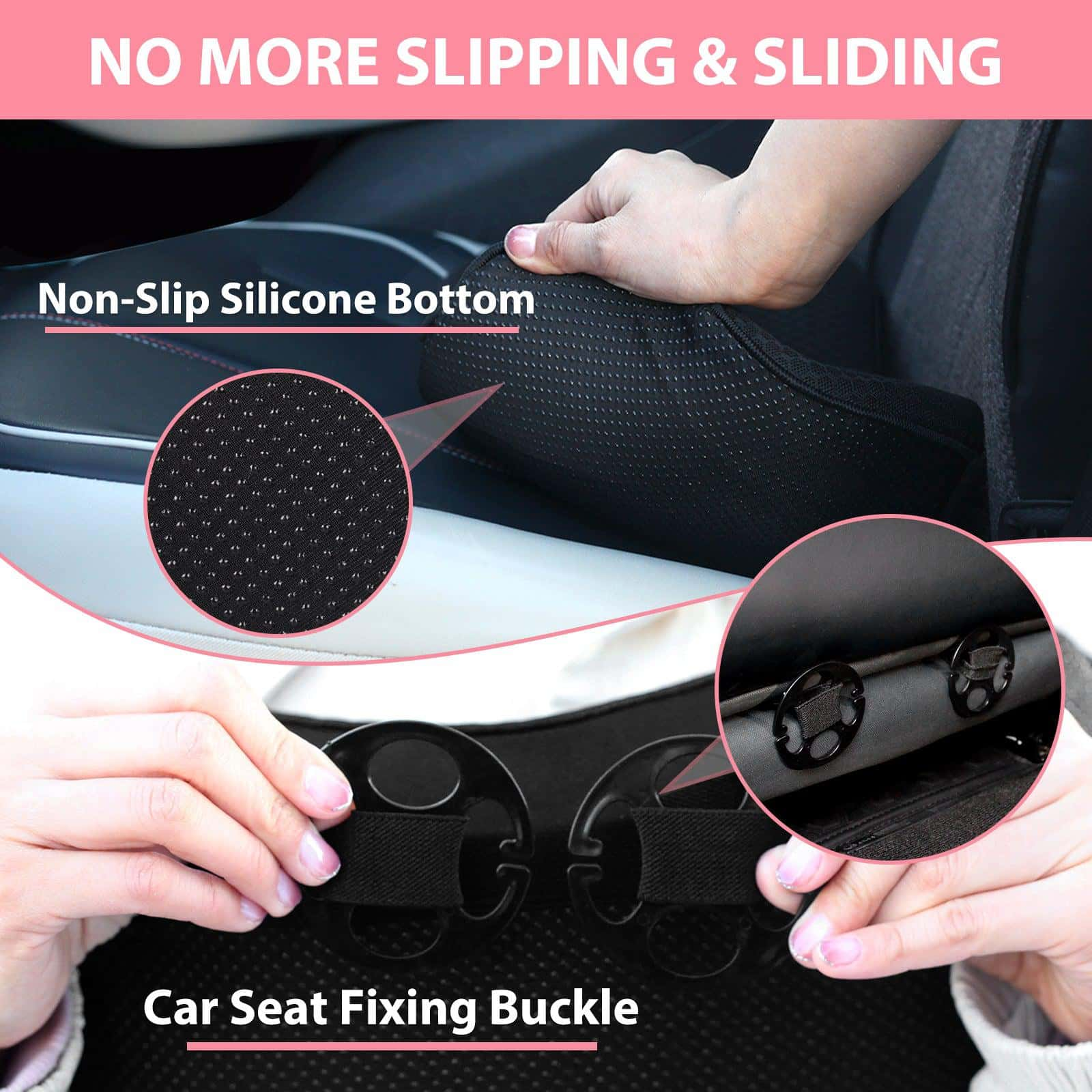


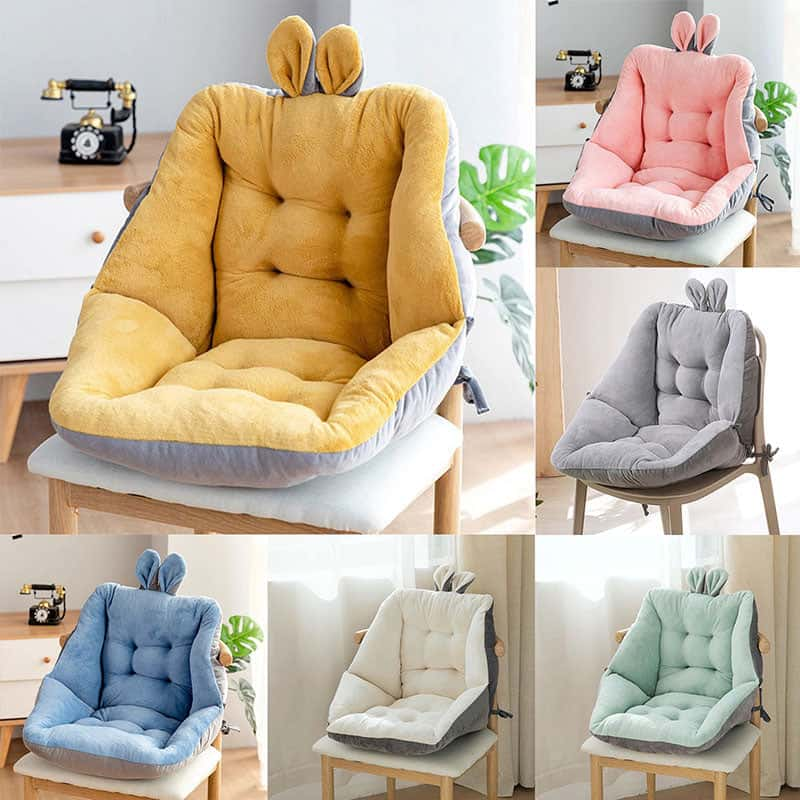
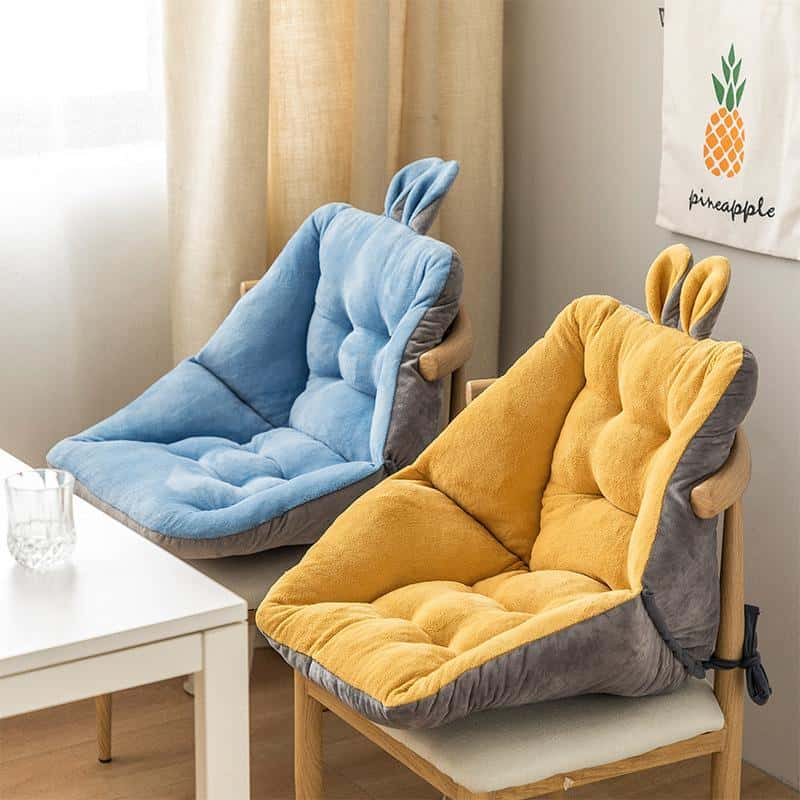
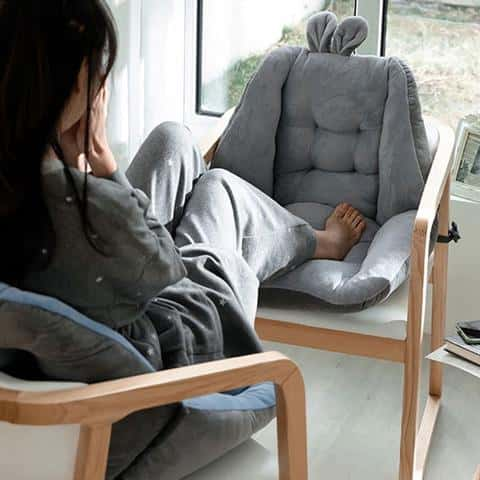
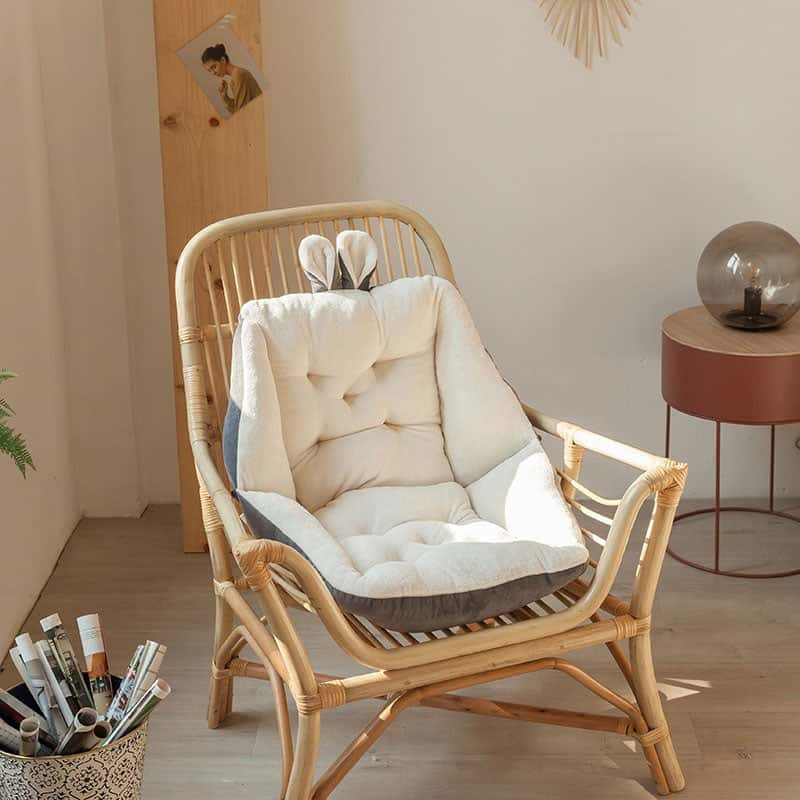
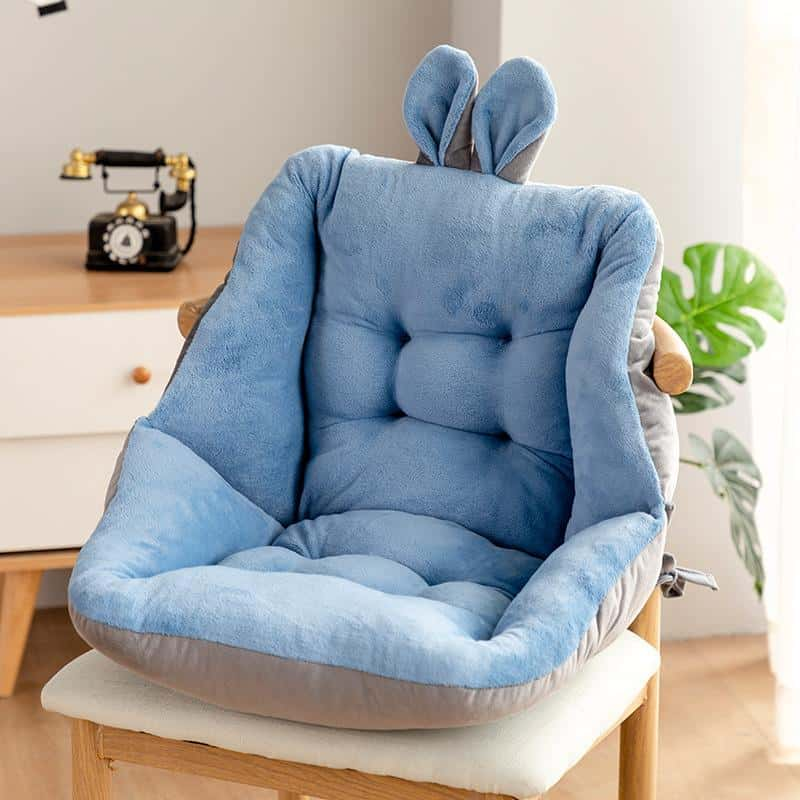

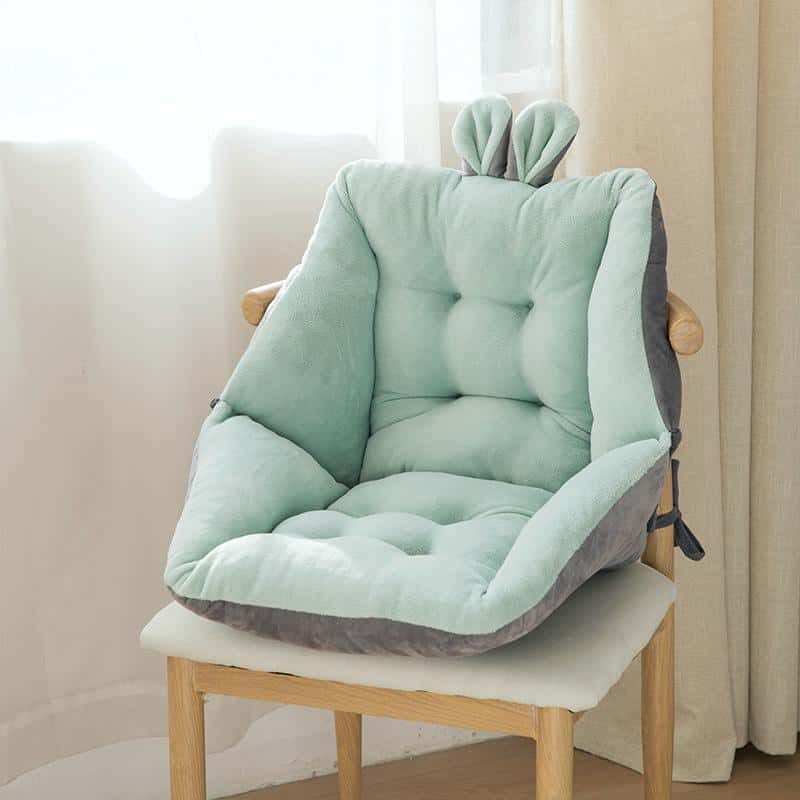
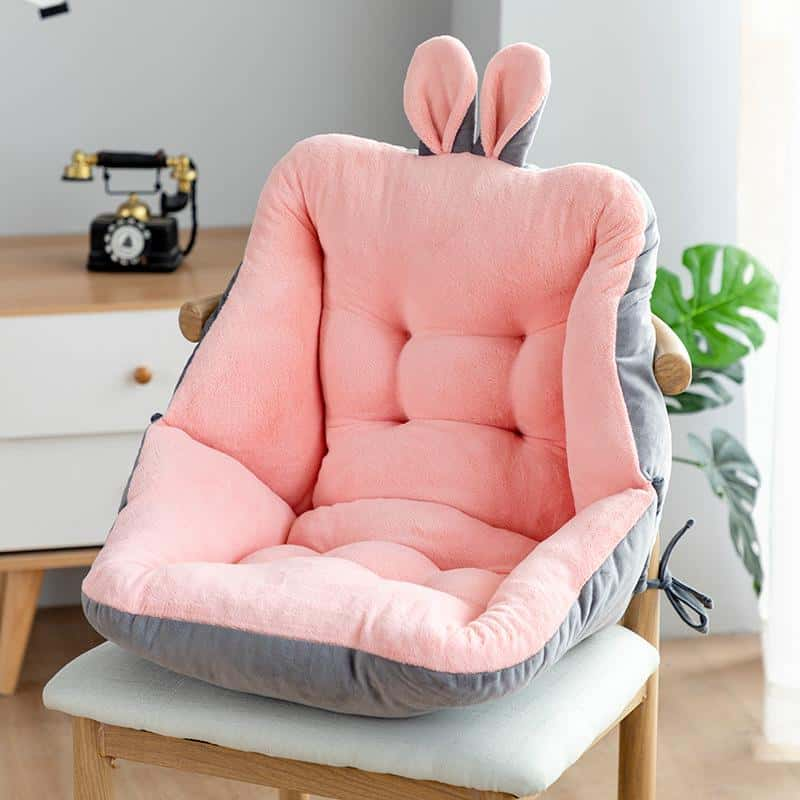
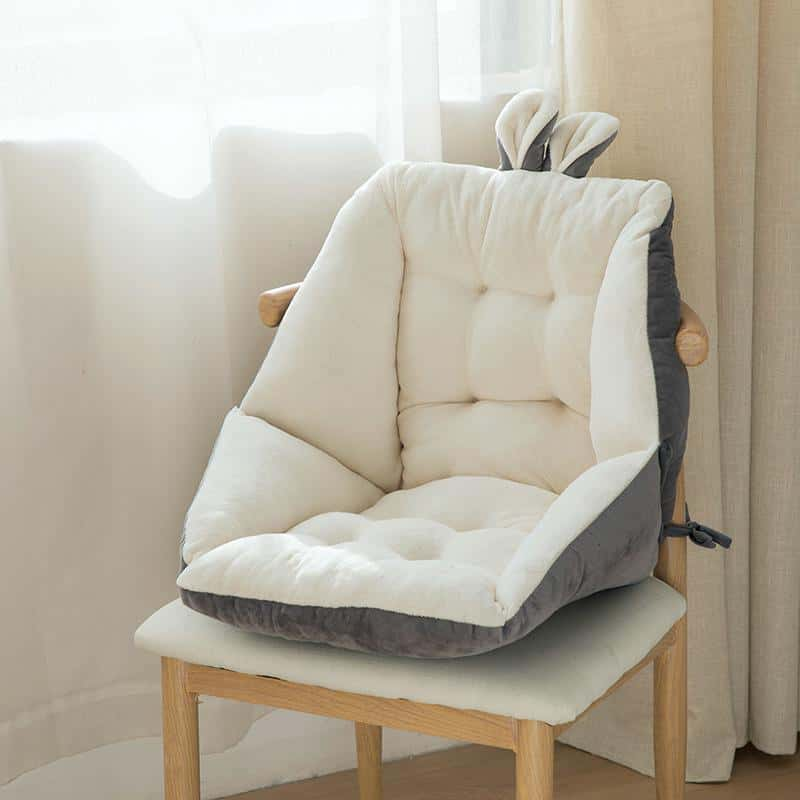
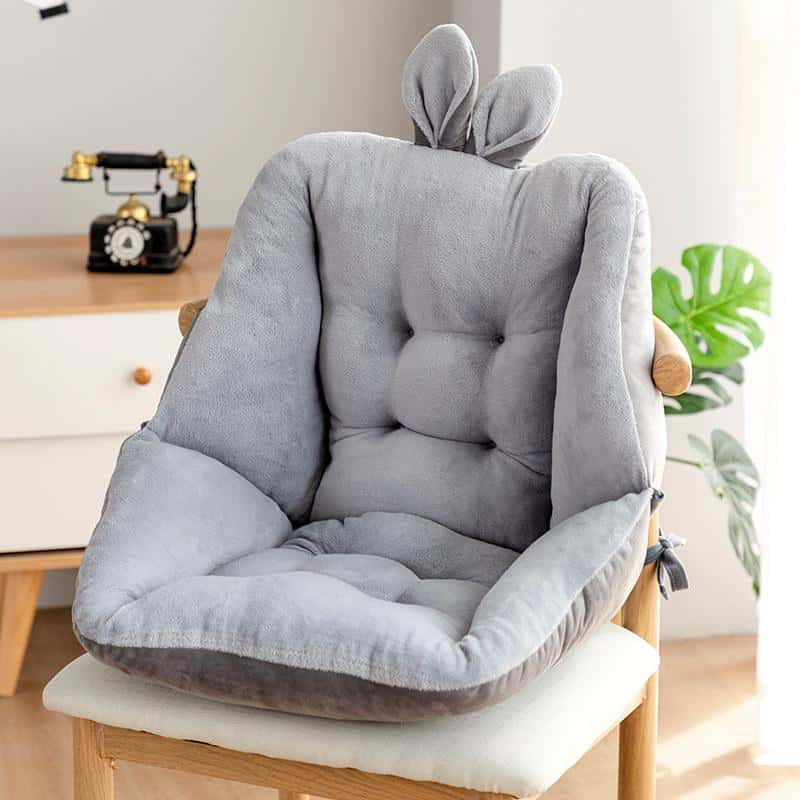





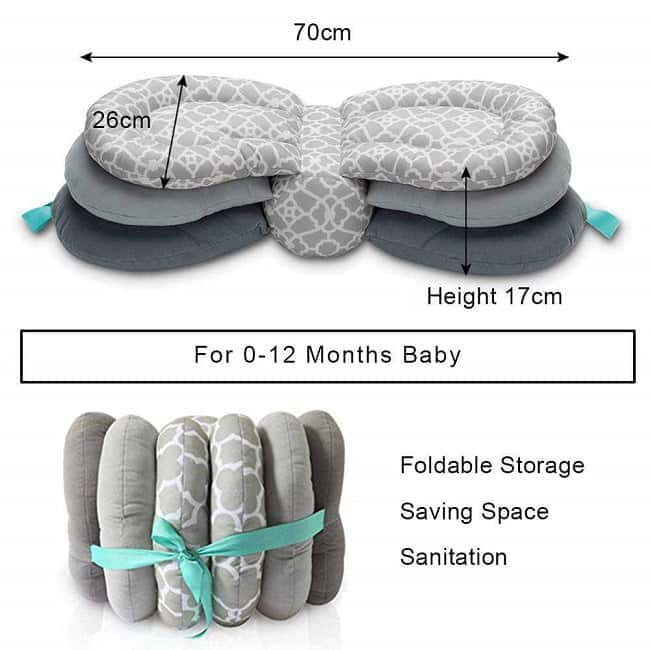
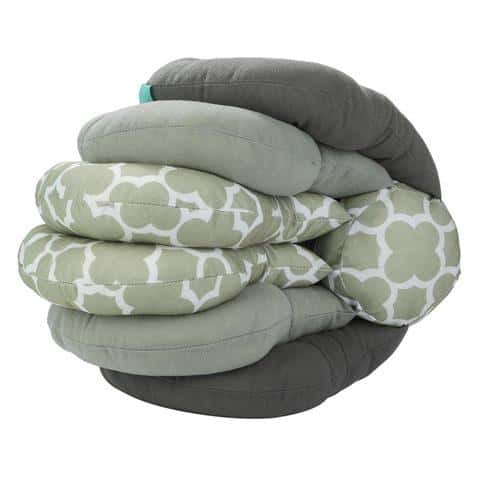
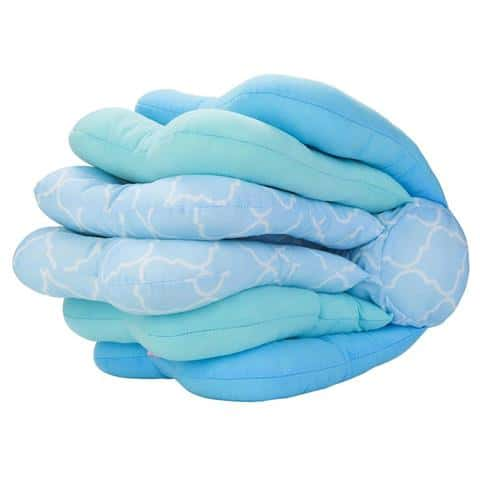
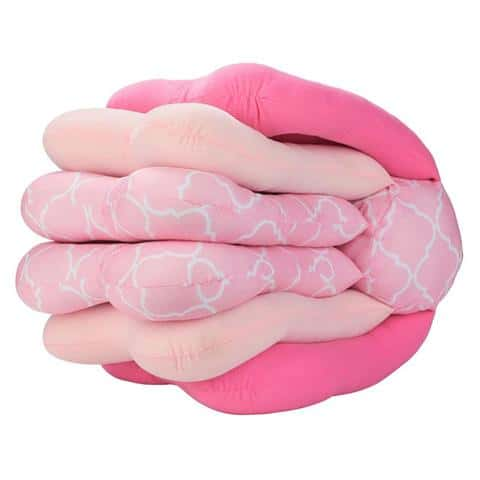
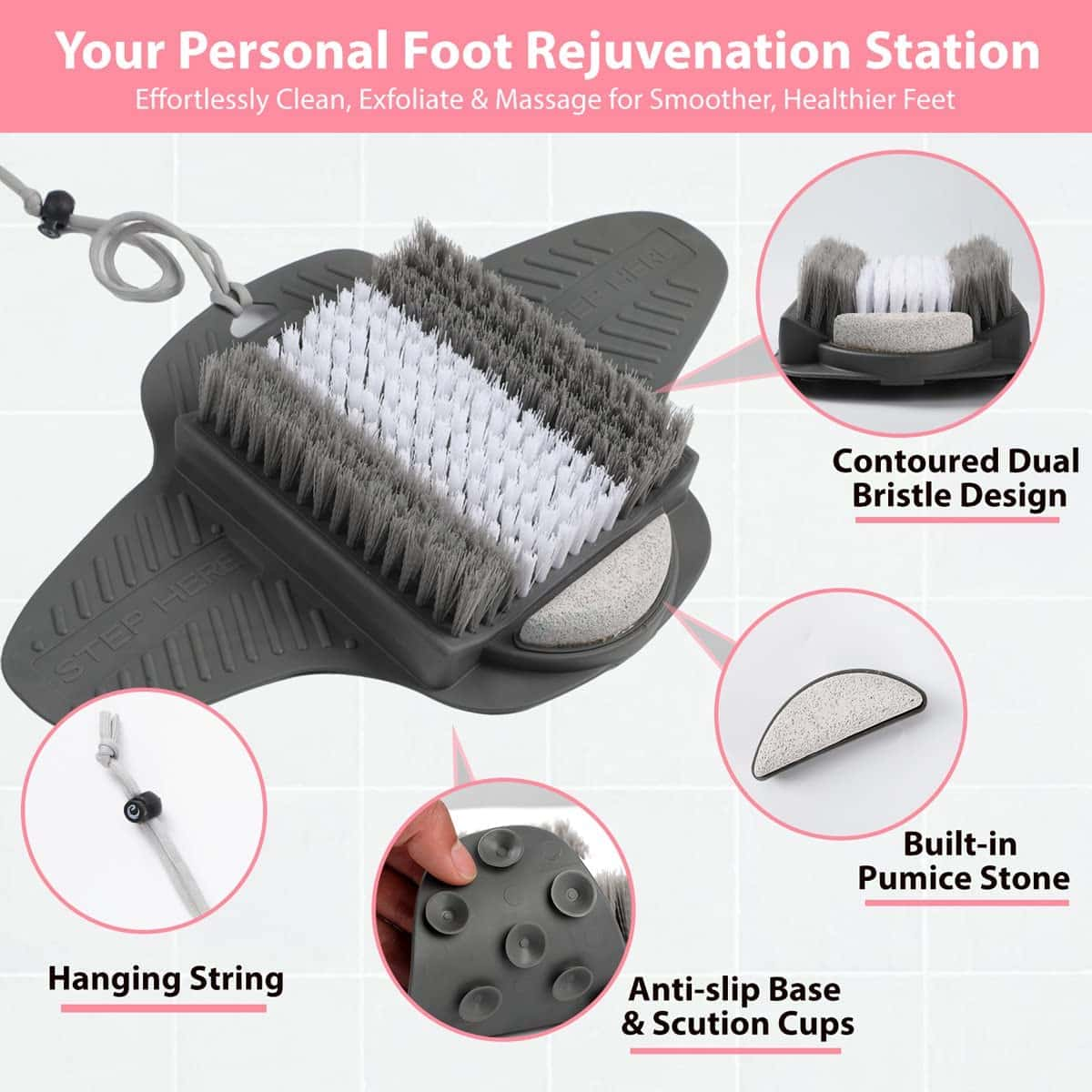
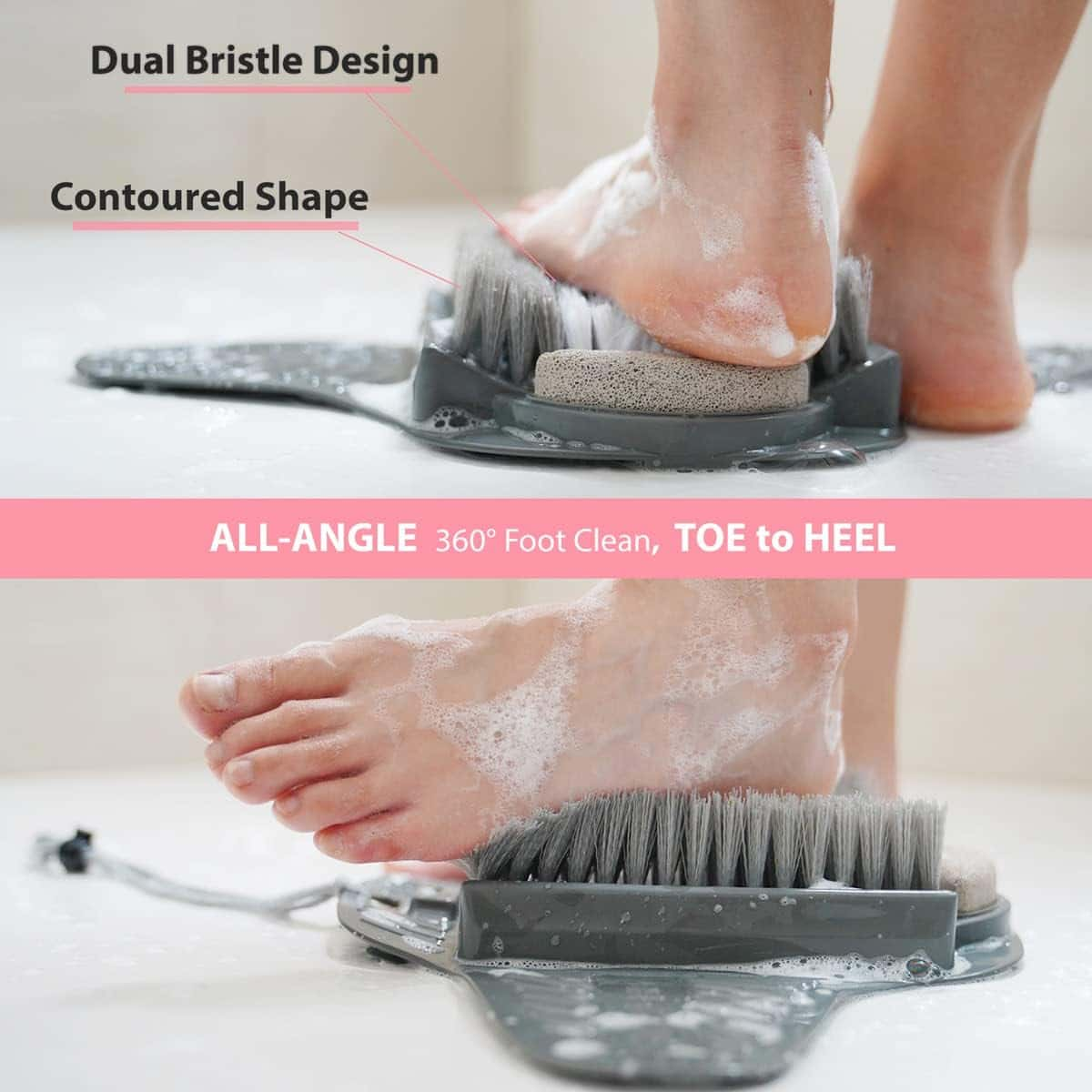
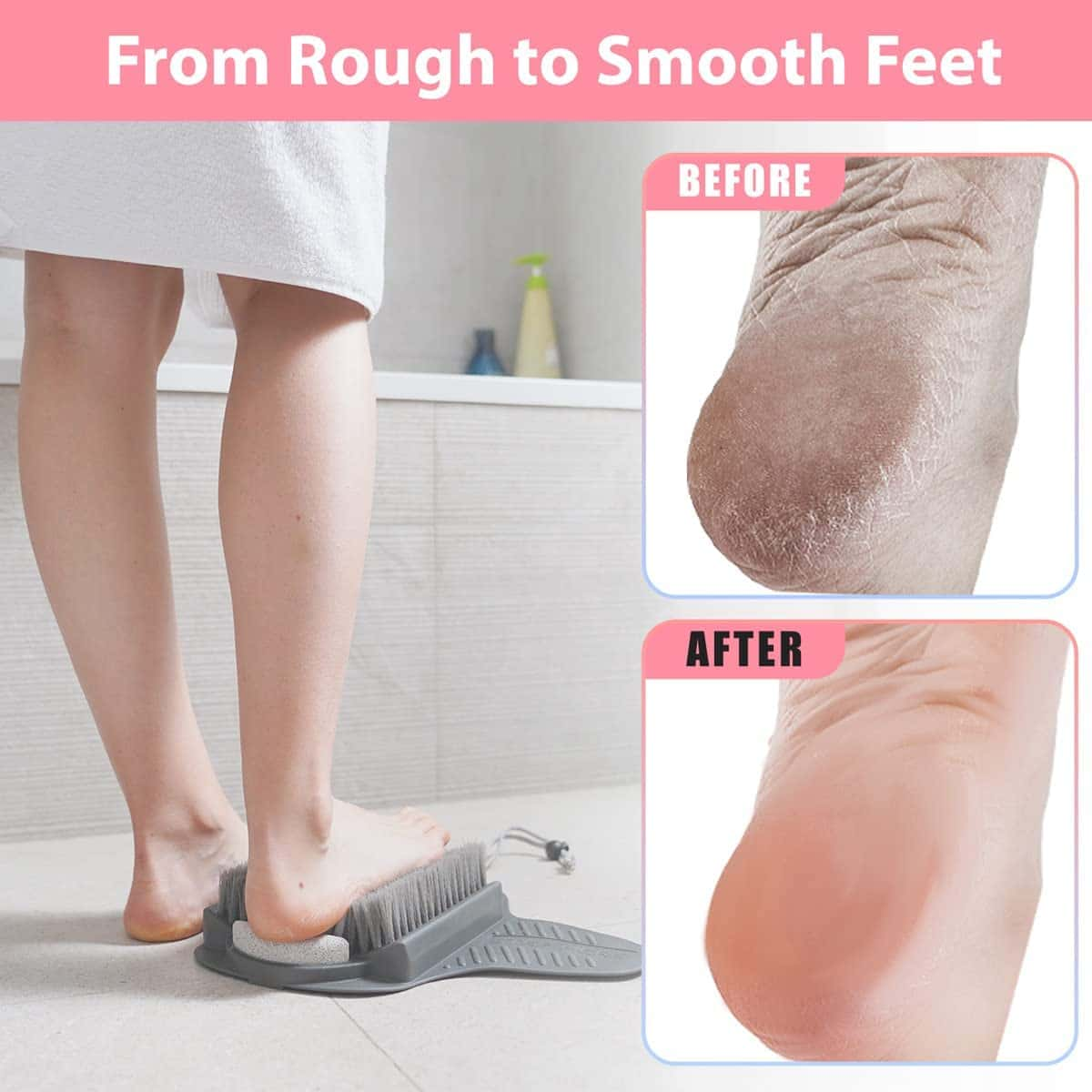
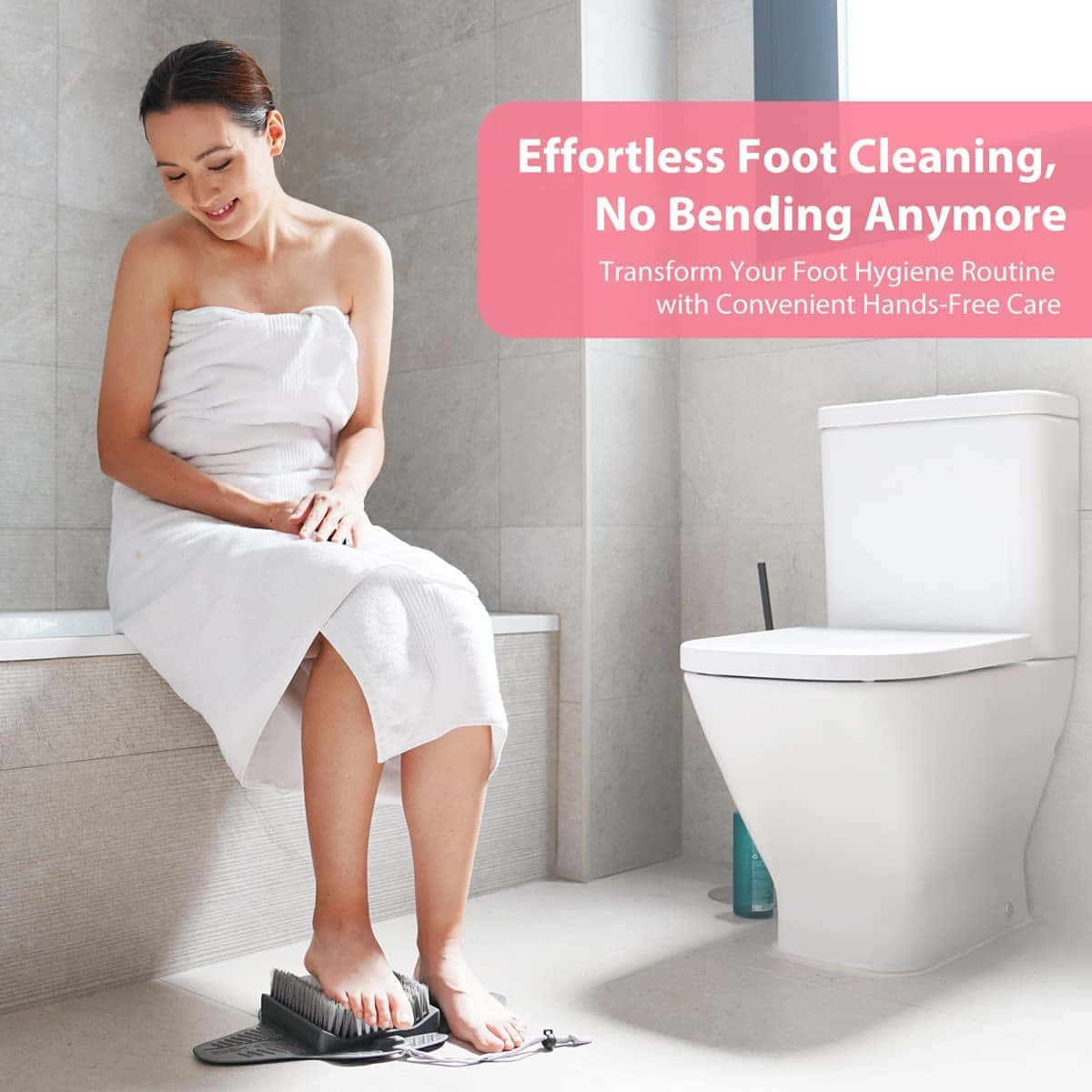




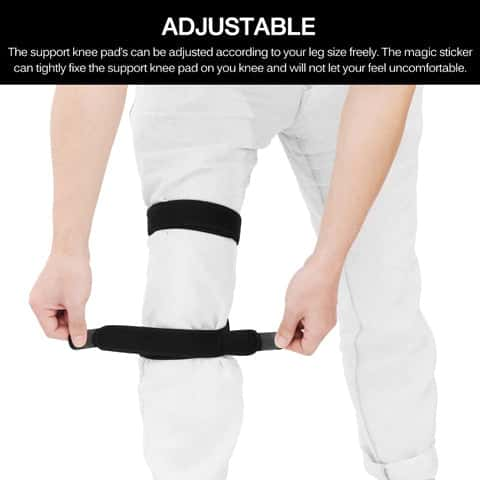


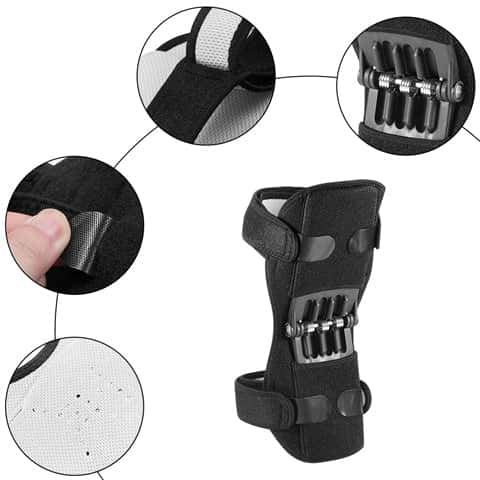






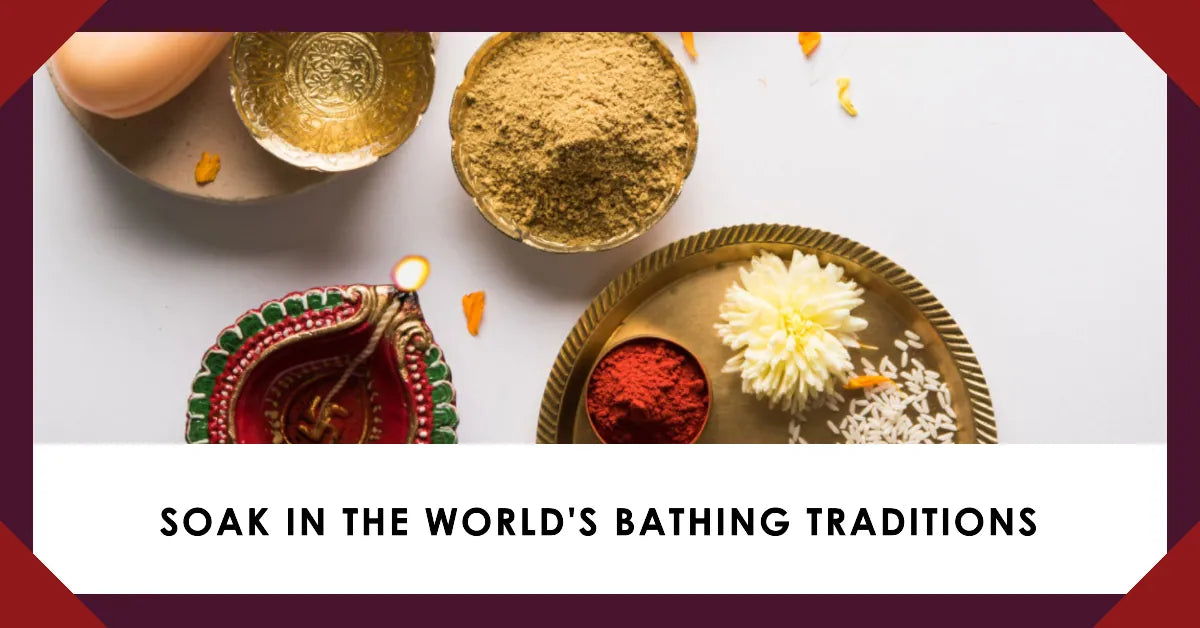
Share and get 15% off!
Simply share this product on one of the following social networks and you will unlock 15% off!